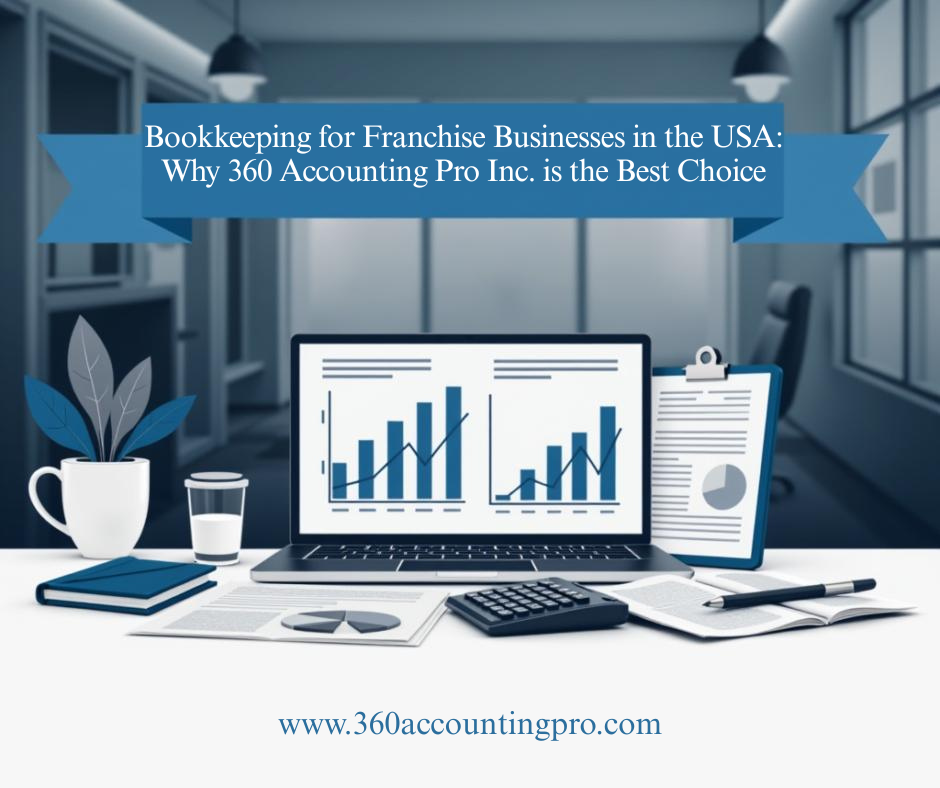
.jpg)
02-05-24
Creating a comprehensive financial model for real estate development projects is a critical step in evaluating the viability and profitability of an investment. This blog will delve into the key components and considerations that go into building a robust financial model tailored for real estate development. Real estate development projects are complex ventures that require careful planning and financial analysis. A financial model serves as a tool to forecast the financial performance of a project, taking into account various inputs such as costs, revenues, financing details, and market conditions.
Understanding the Basics
Before diving into the complexities of financial modelling, it's essential to understand the basic terms and concepts:
• Net Present Value (NPV): This is the value of all future cash flows over the life of the real estate project, discounted back to present value.
• Internal Rate of Return (IRR): The IRR is the rate at which the NPV of all cash flows from a particular project is zero. It represents the project's potential return on investment.
• Cash Flow: This is the net amount of cash being transferred into and out of the project.
Components of a Real Estate Financial Model
A well-structured financial model for real estate development should include the following components:
1. Assumptions
The foundation of any financial model is the assumptions section. This includes
• Market Assumptions: Expected growth rates, inflation rates, and market trends.
• Project Assumptions: Construction timelines, sales velocity, and leasing rates.
2. Construction Costs
Detailing the construction budget is crucial. This includes:
• Hard Costs: Expenses directly related to the physical construction.
• Soft Costs: Indirect costs such as legal fees, architectural services, and permits.
3. Financing
This section outlines the capital structure of the project, including
• Equity: Funds invested by the developers or investors.
• Debt: Loans and mortgages used to finance the project.
4. Revenue Projections
Revenue projections are based on the potential income from the property, such as:
• Sales Revenue: Income from selling developed units.
• Rental Income: Ongoing income from leasing units.
5. Operating Expenses
These are the costs associated with running the property once it's developed, including:
• Maintenance Costs: Regular upkeep of the property.
• Management Fees: Costs for property management services.
6. Exit Strategy
The exit strategy outlines how and when the investors will exit the project, typically through a sale or refinancing.
Building the Model
Once the components are defined, the next step is to build the model:
• Input Sheets: Where all assumptions and raw data are entered.
• Calculation Sheets: Where the inputs are processed to calculate cash flows, NPV, and IRR.
• Output Sheets: Where the results are summarized and presented.
Sensitivity Analysis
Sensitivity analysis is used to understand how changes in assumptions impact the project's outcomes. It helps in identifying the most sensitive variables and potential risks.
Conclusion
Financial modelling for Real estate development is a dynamic process that requires attention to detail and an understanding of the market. By incorporating the components outlined above, developers and investors can gain valuable insights into the financial feasibility of their projects
Remember, the goal of financial modelling is not just to predict outcomes but to inform decision-making and strategy for successful real estate development.
Tags : Real Estate Development Projects,Real Estate Development

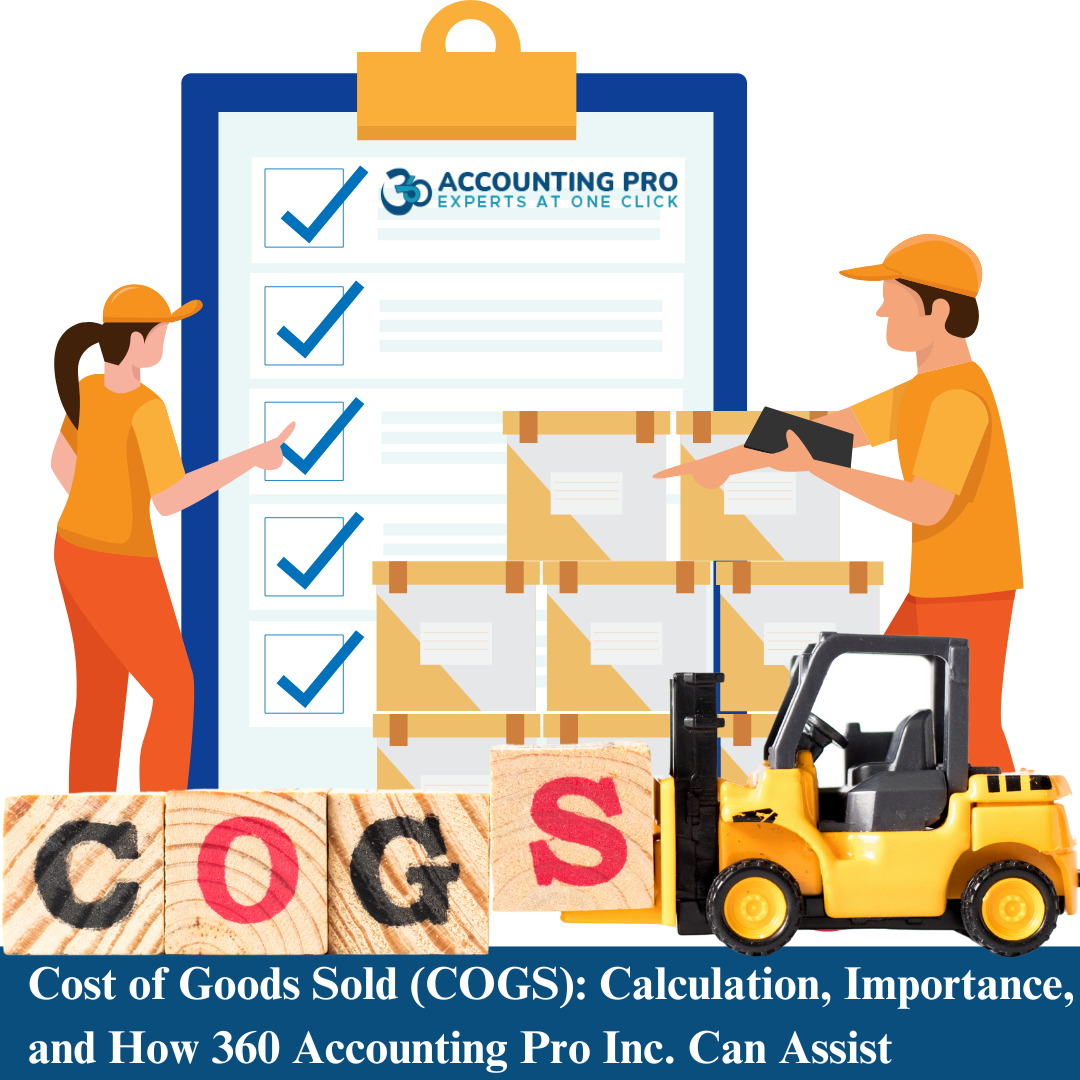

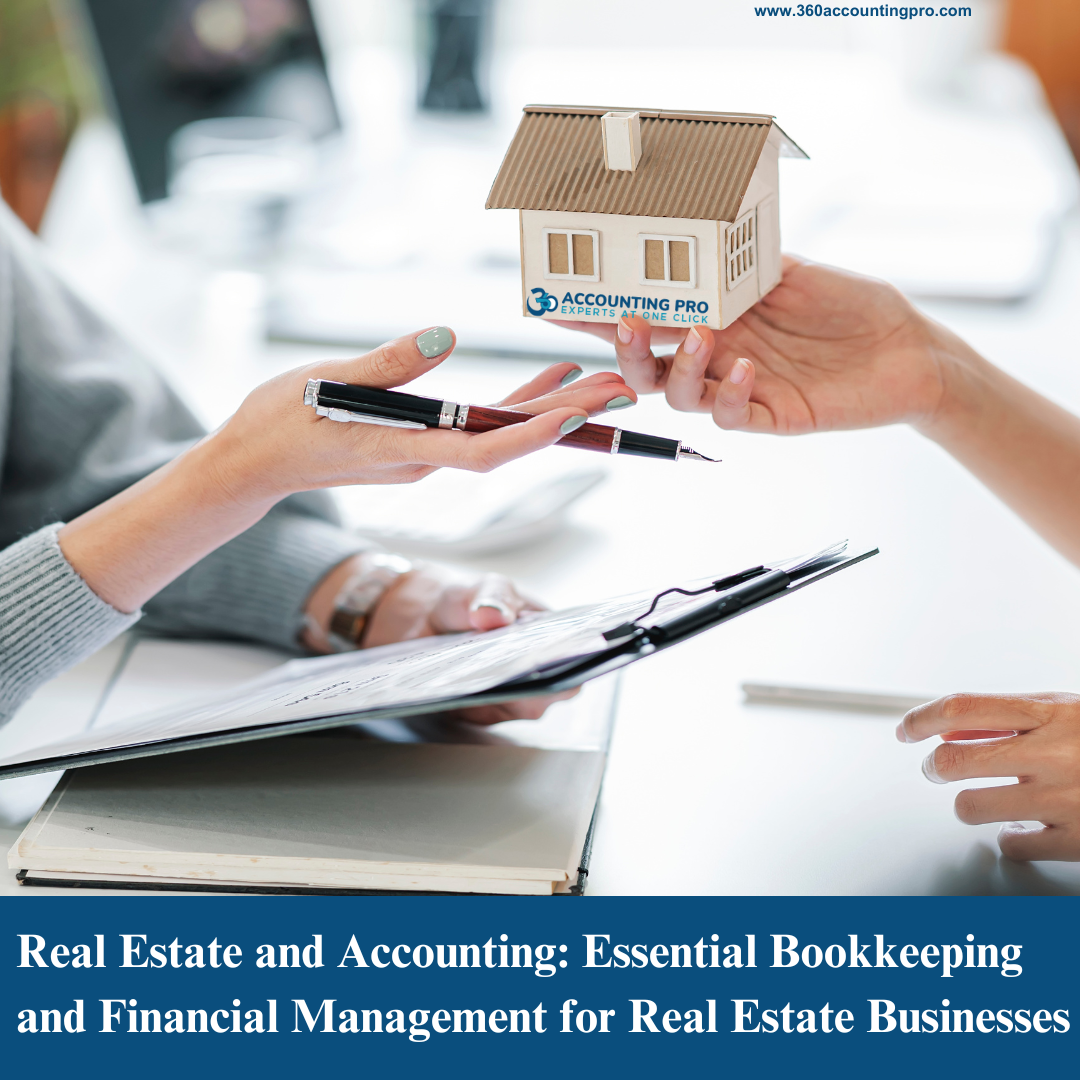
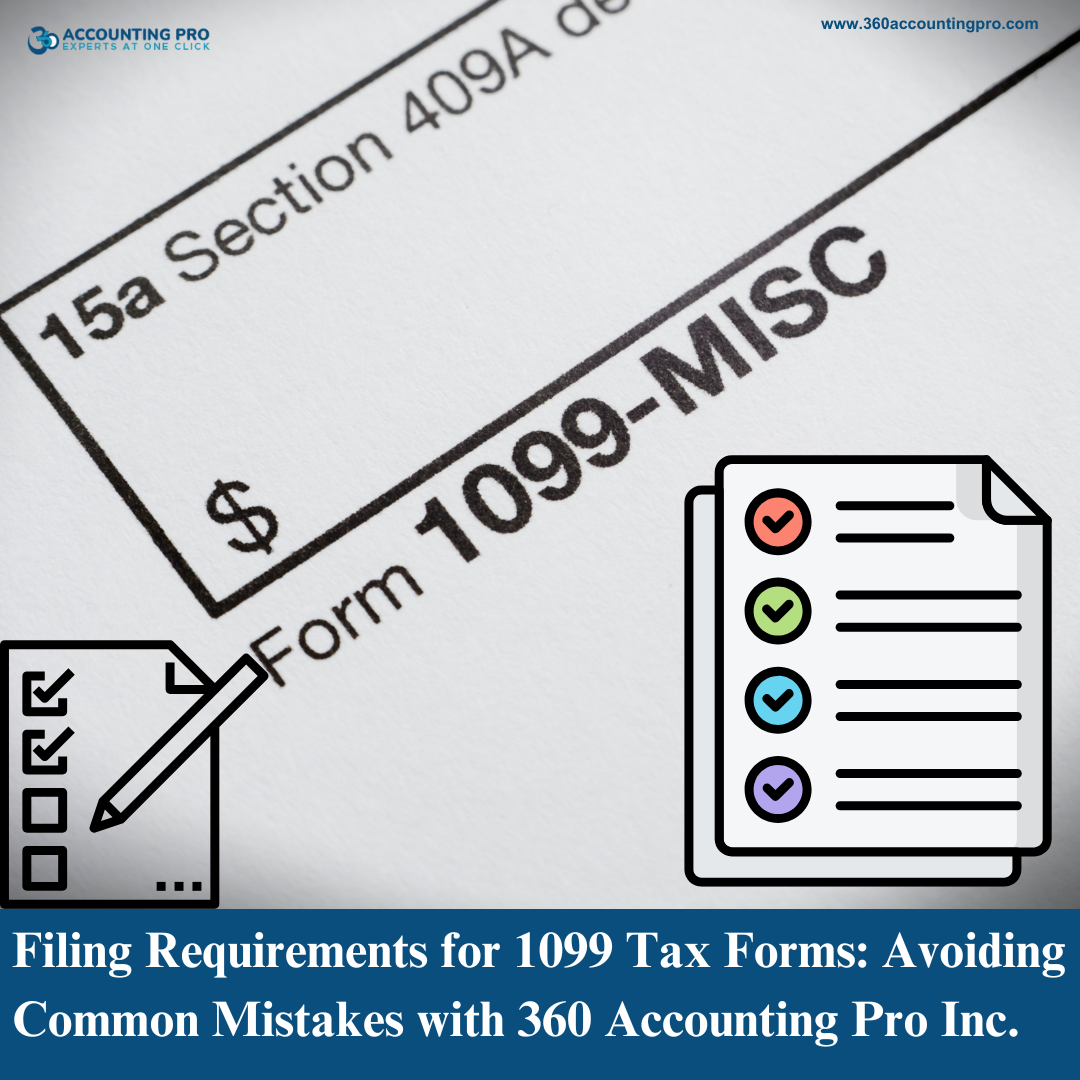
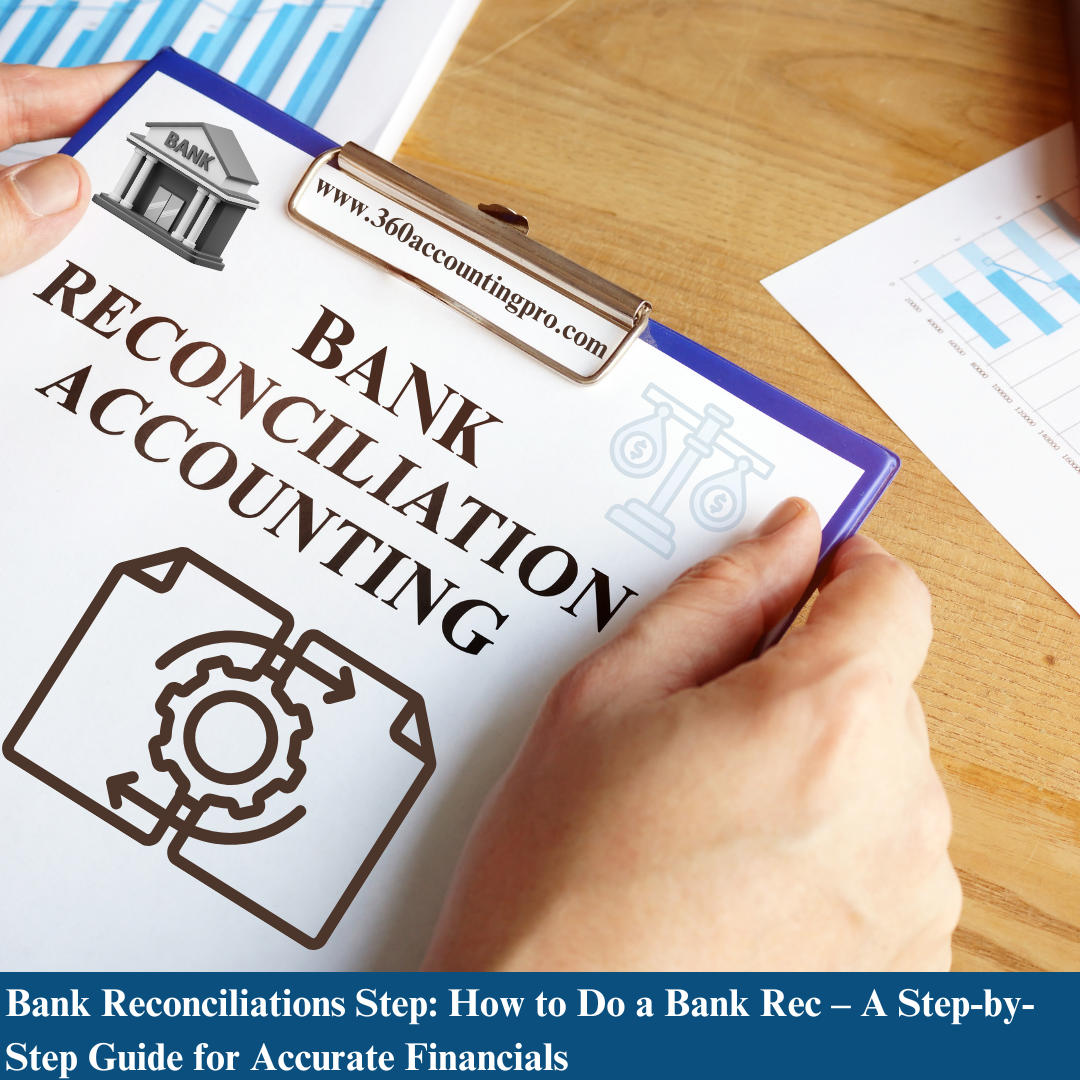

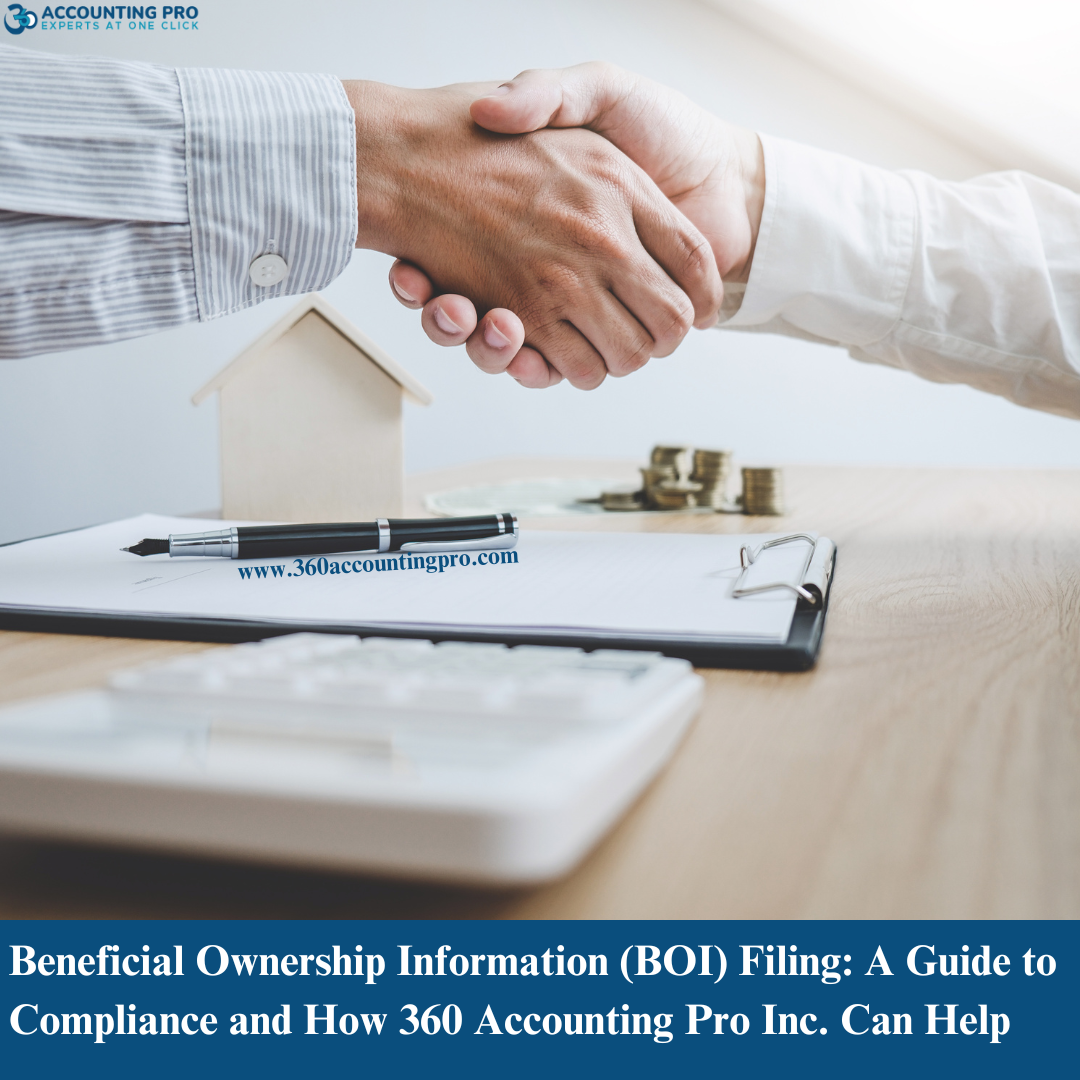
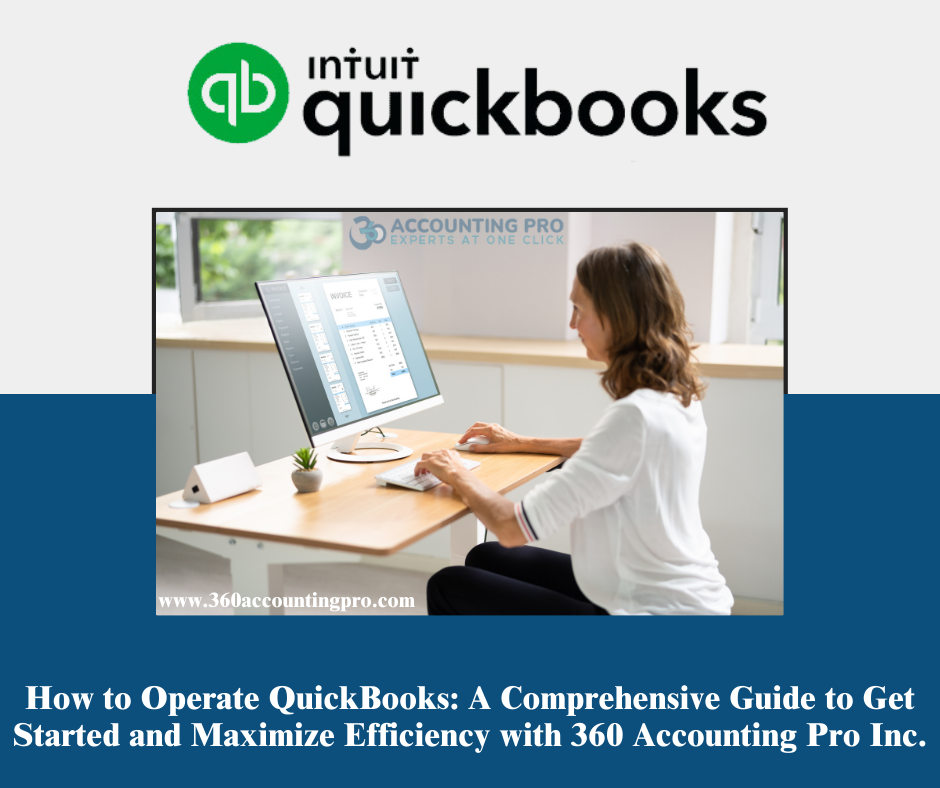

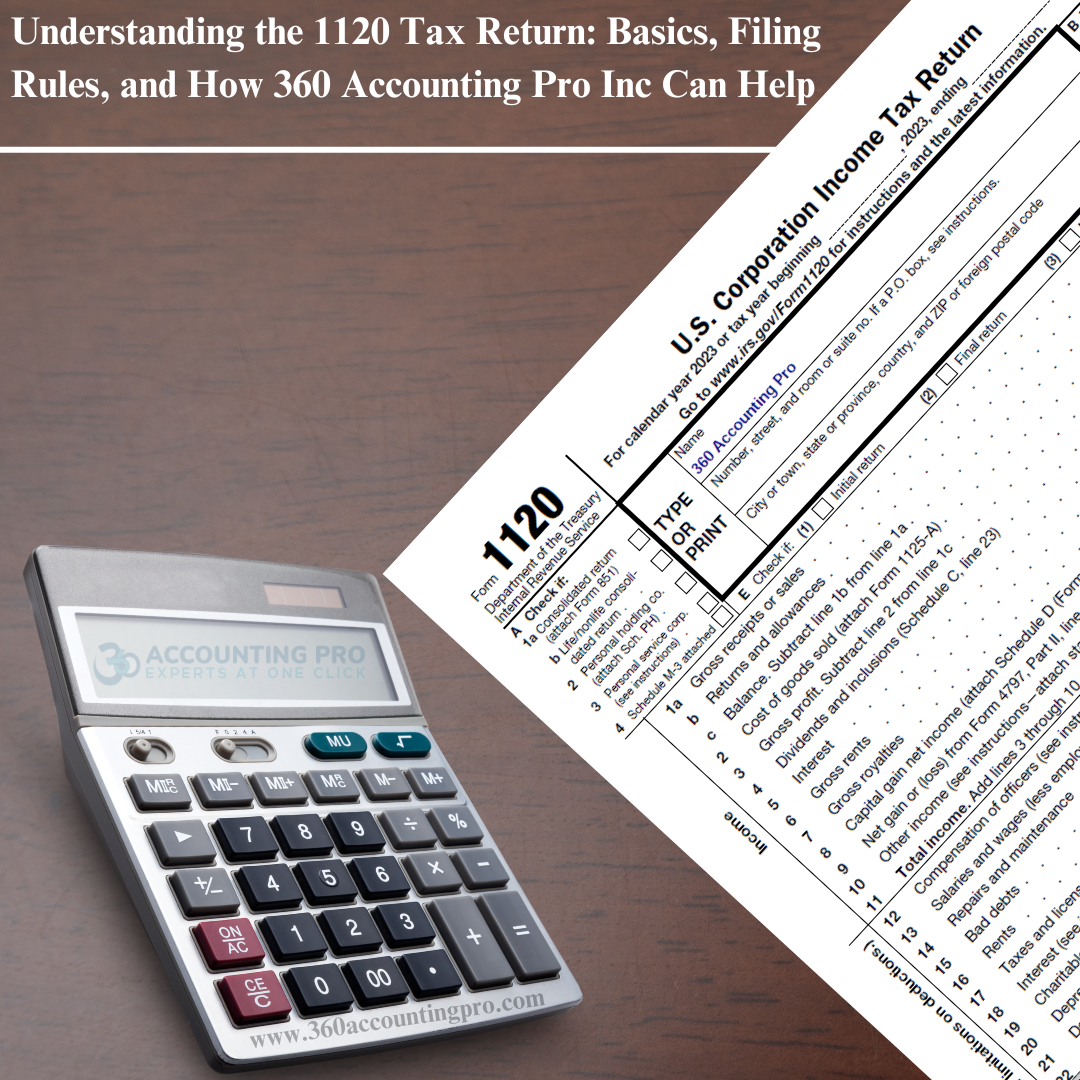
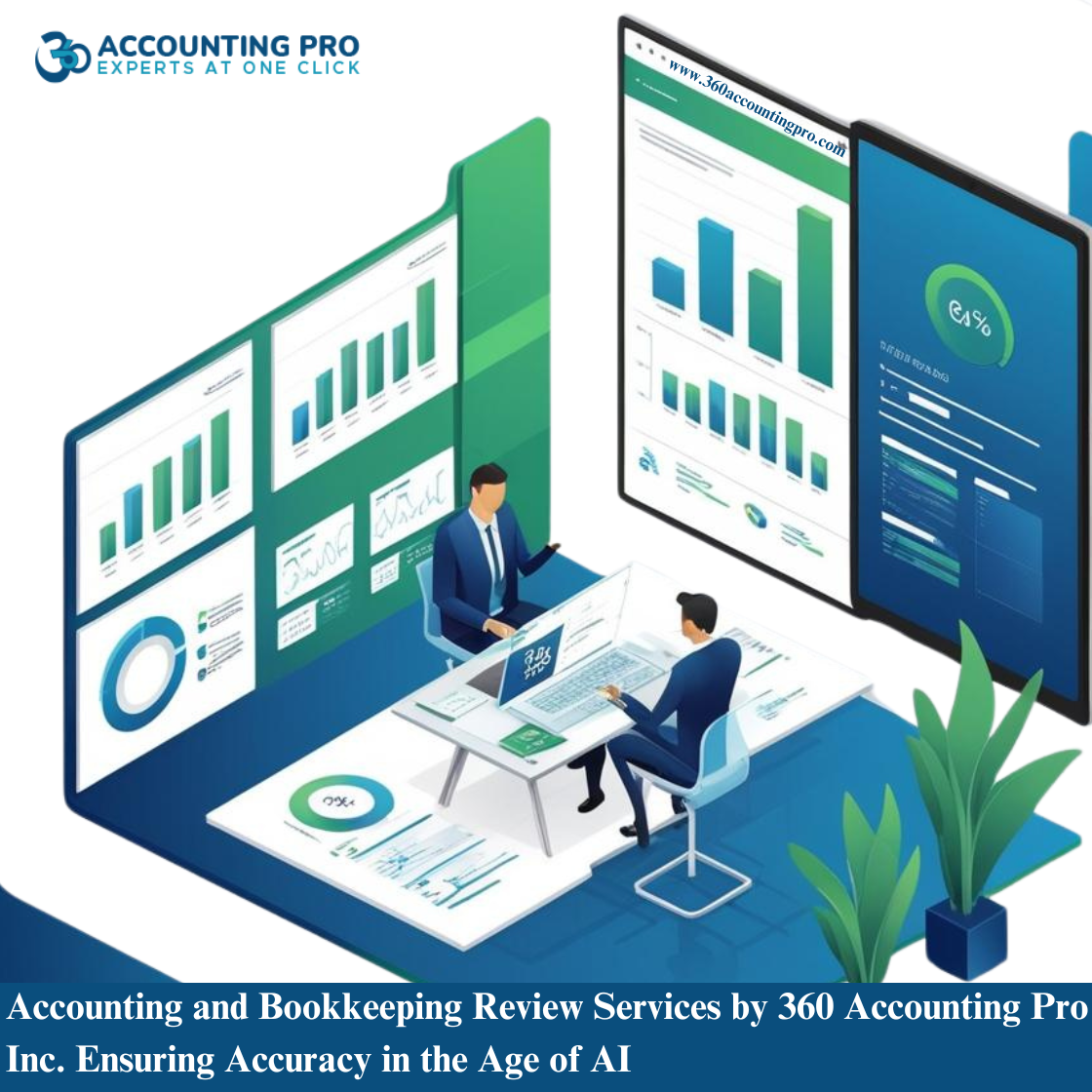
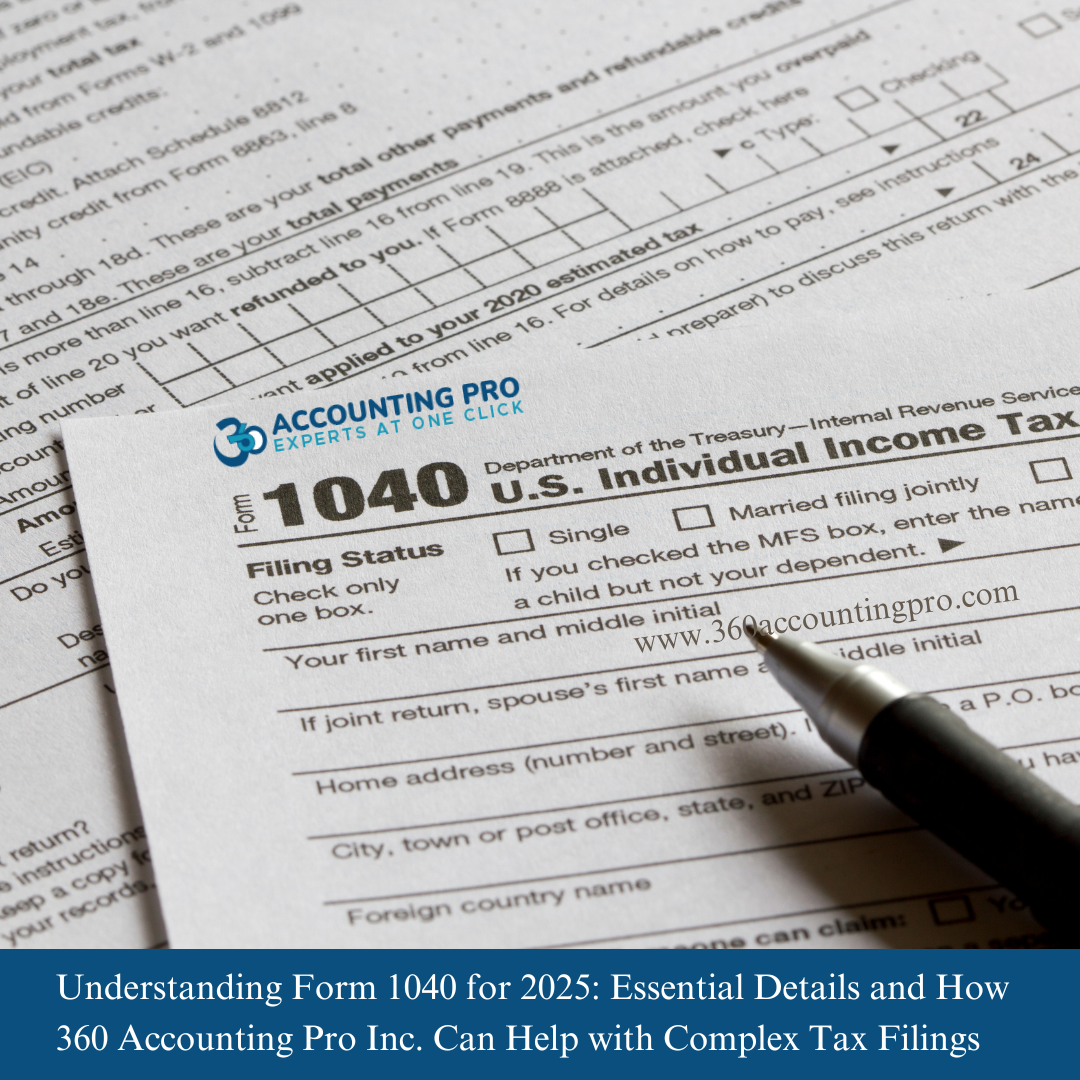

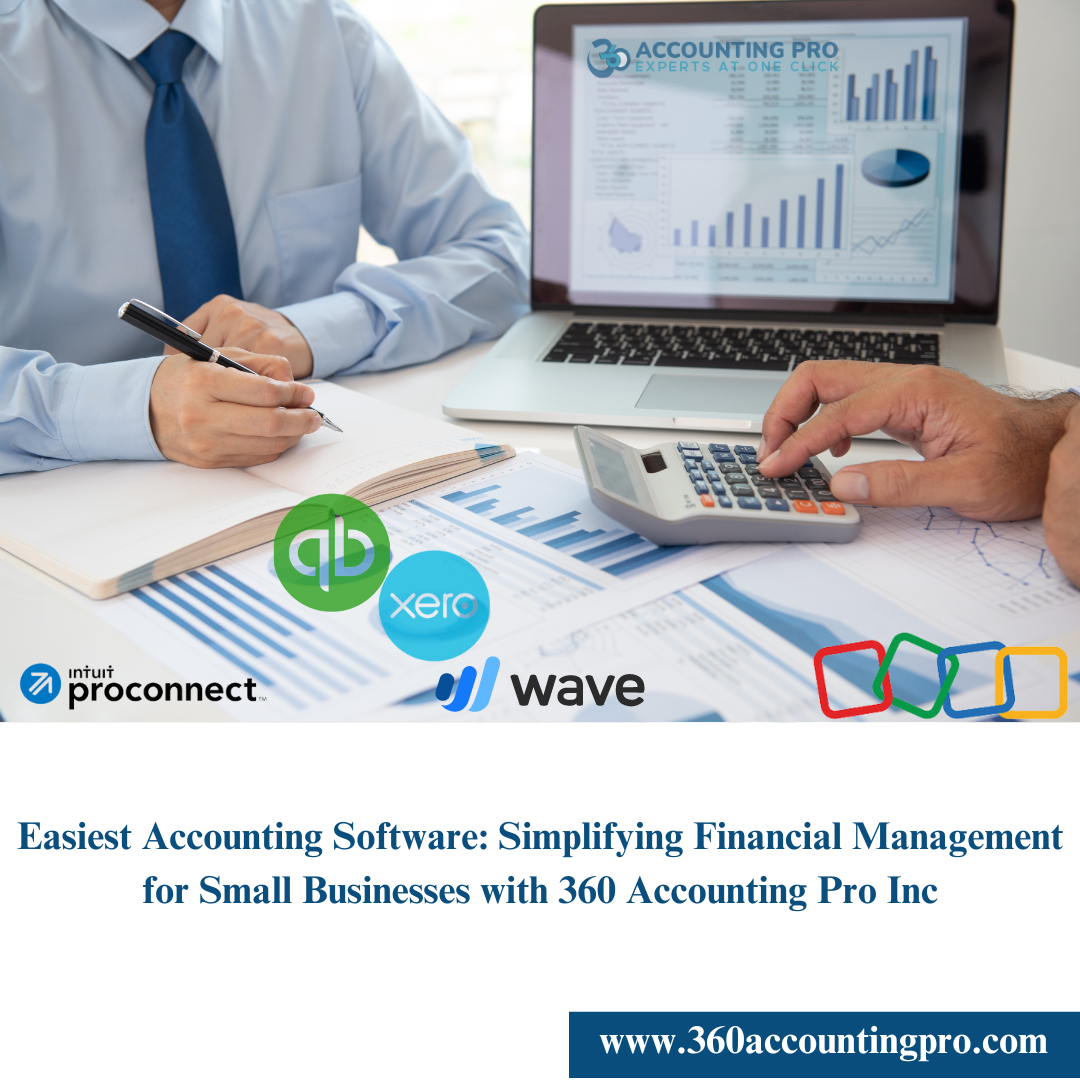

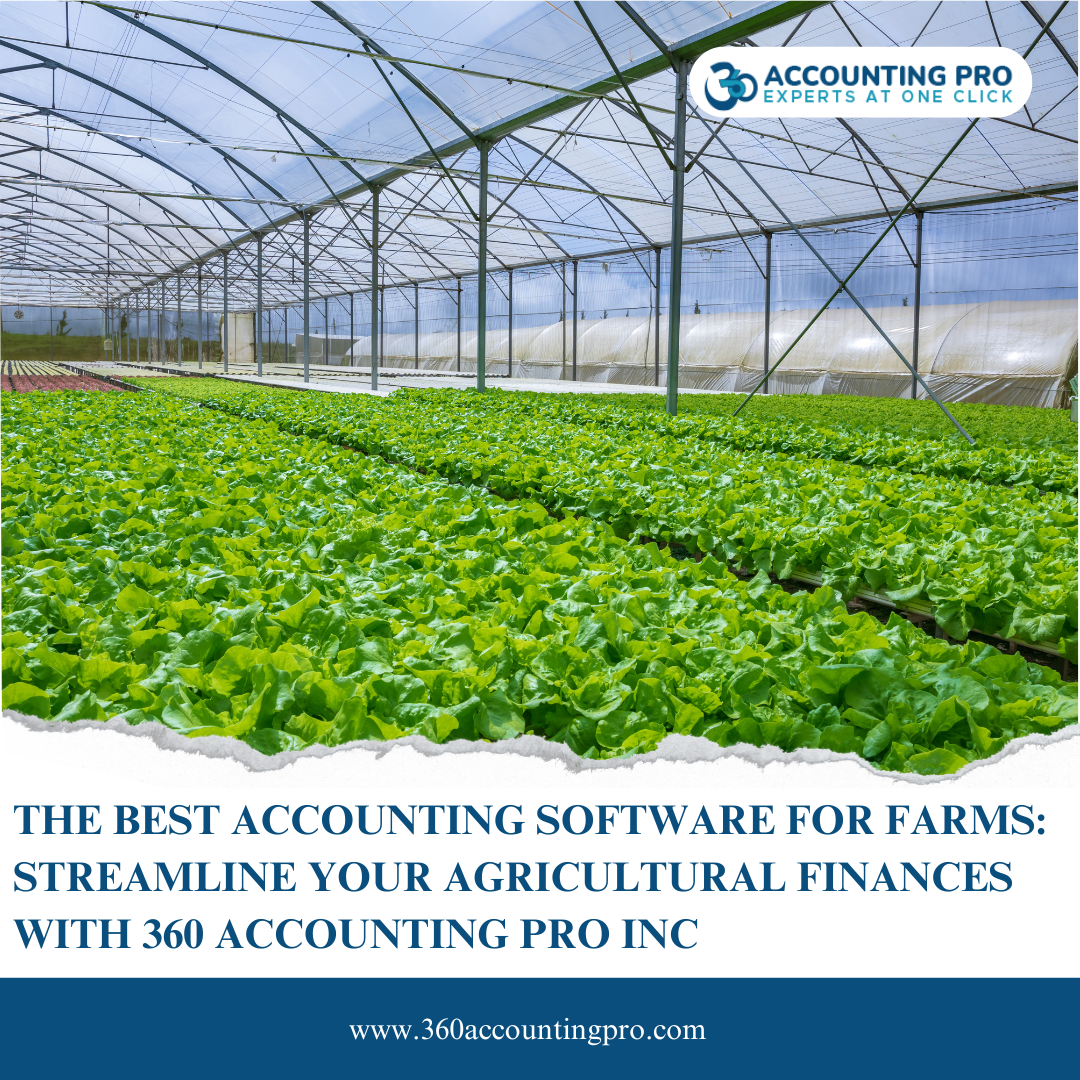
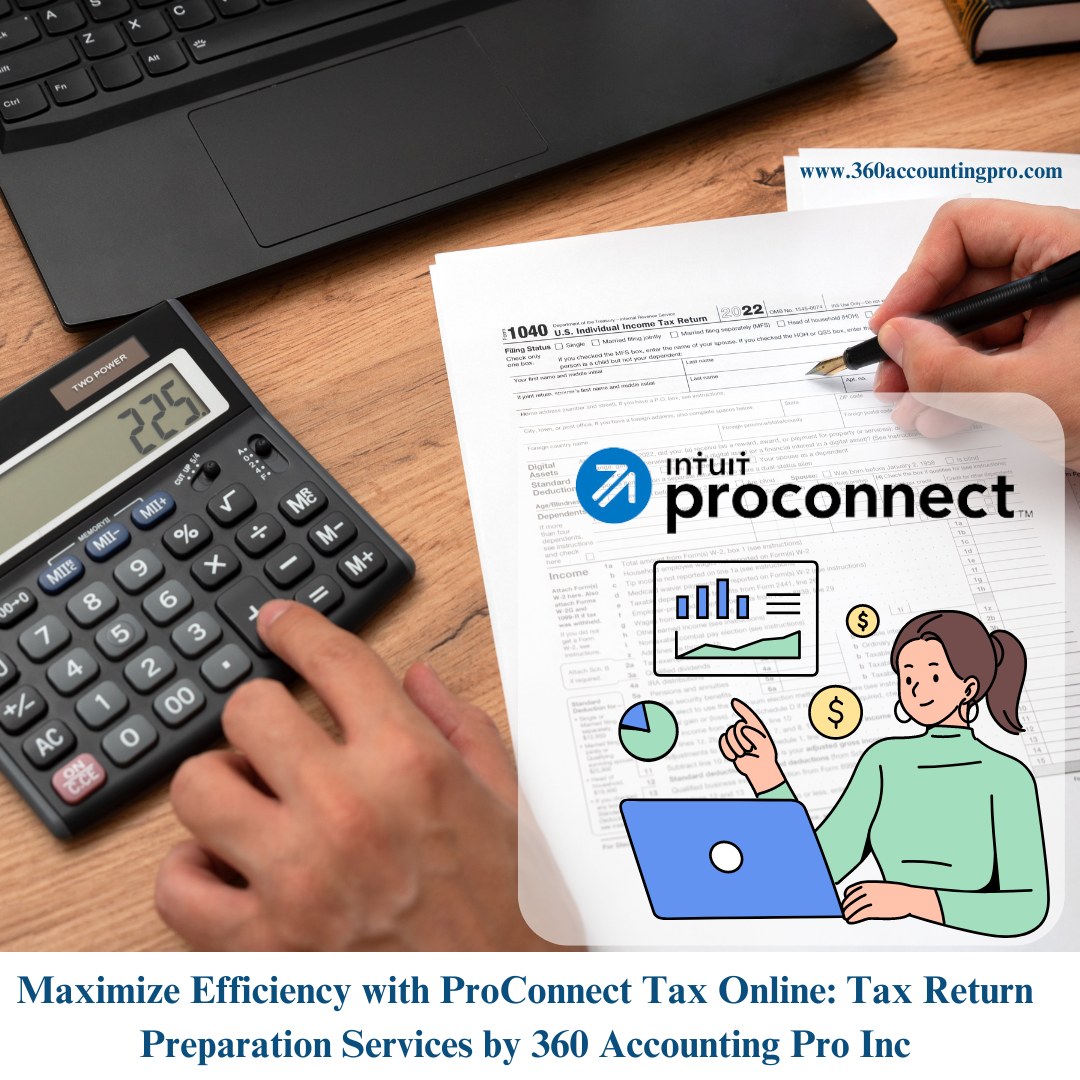

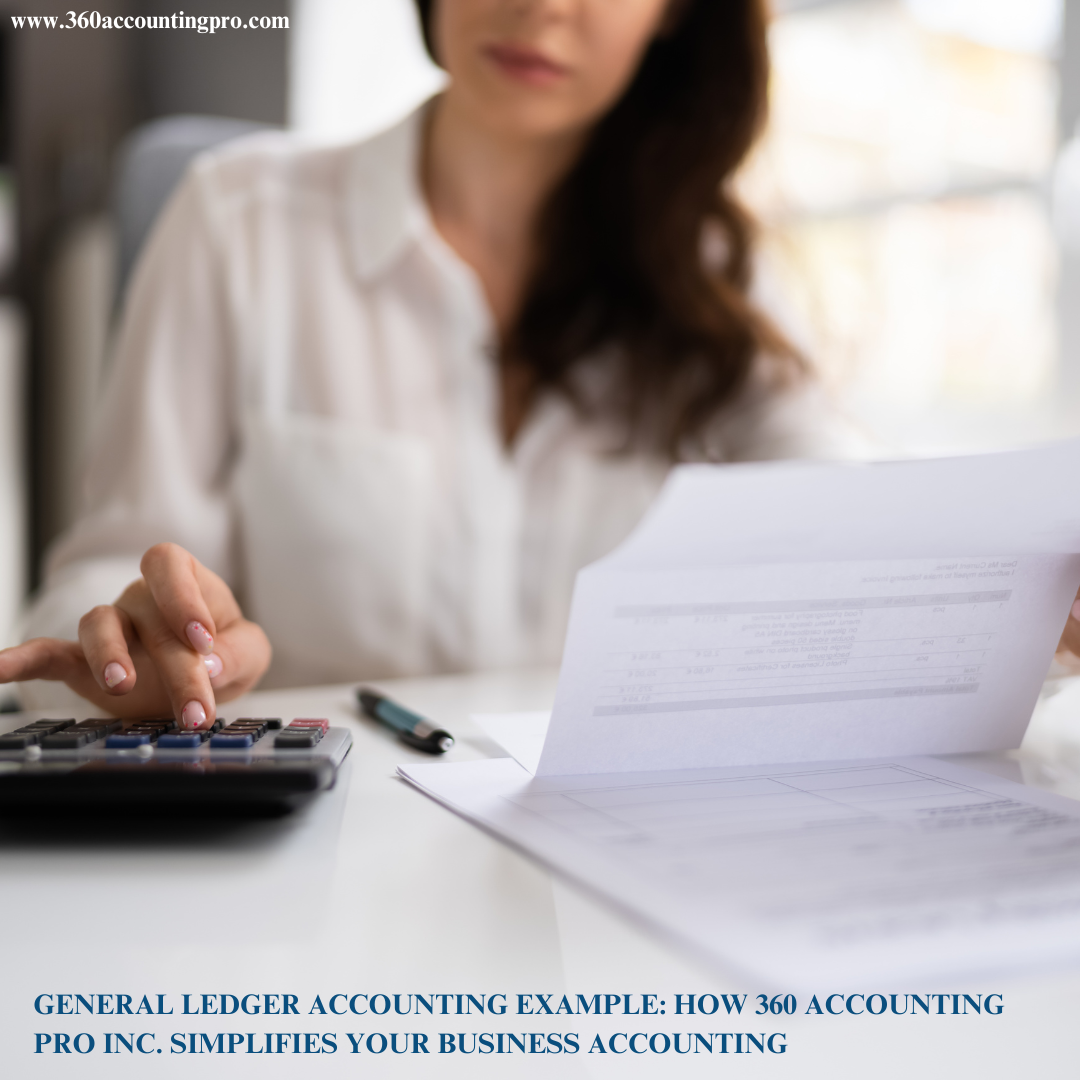

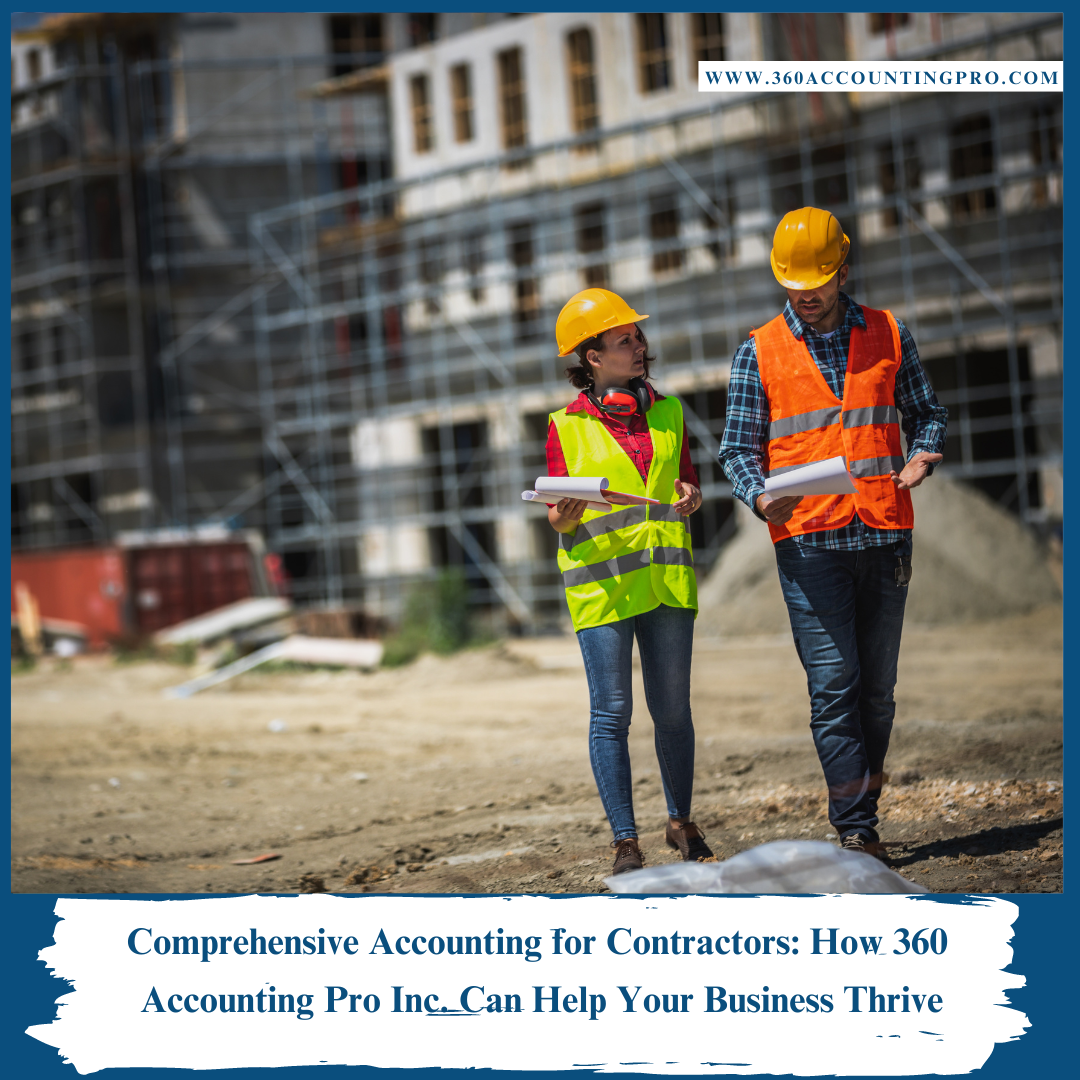
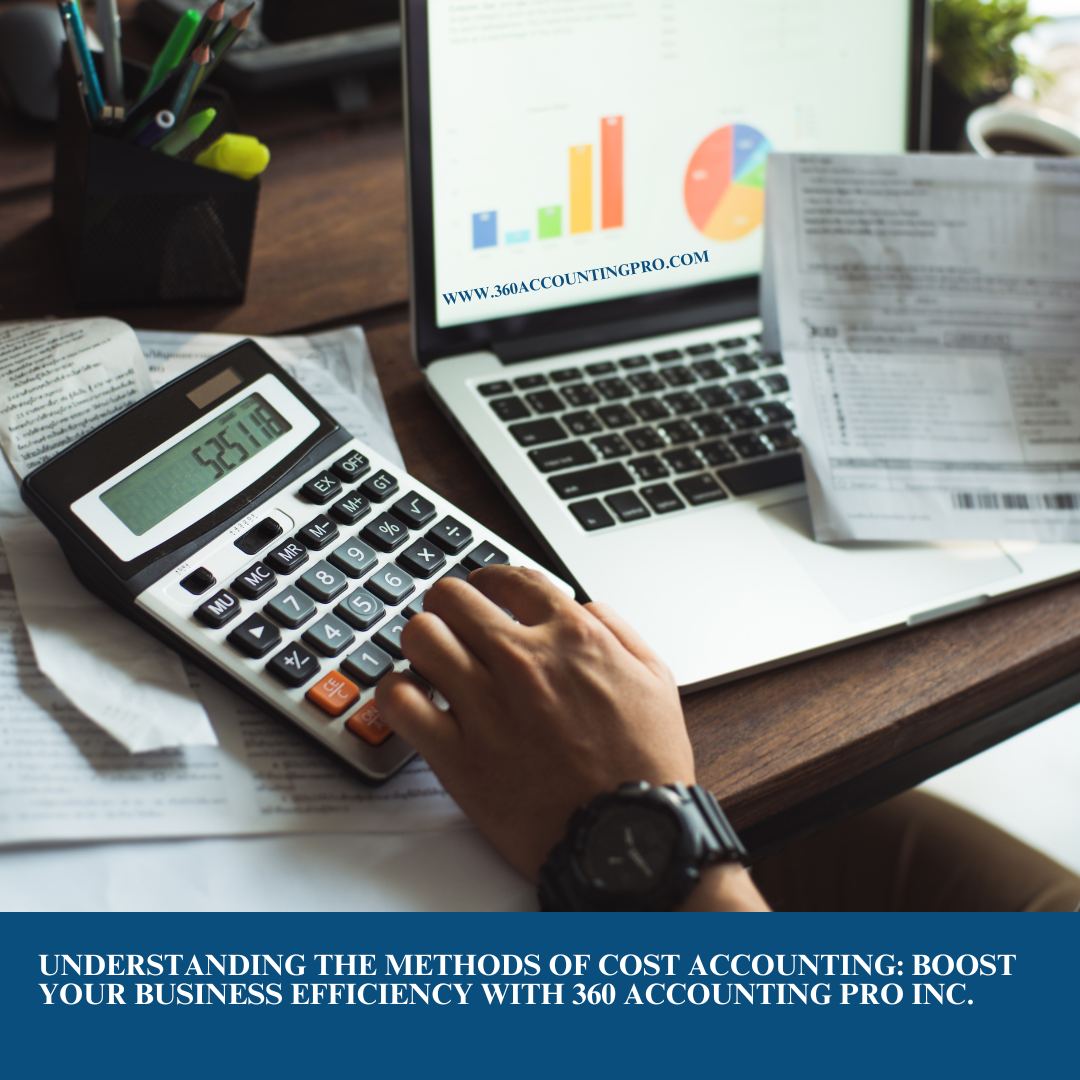
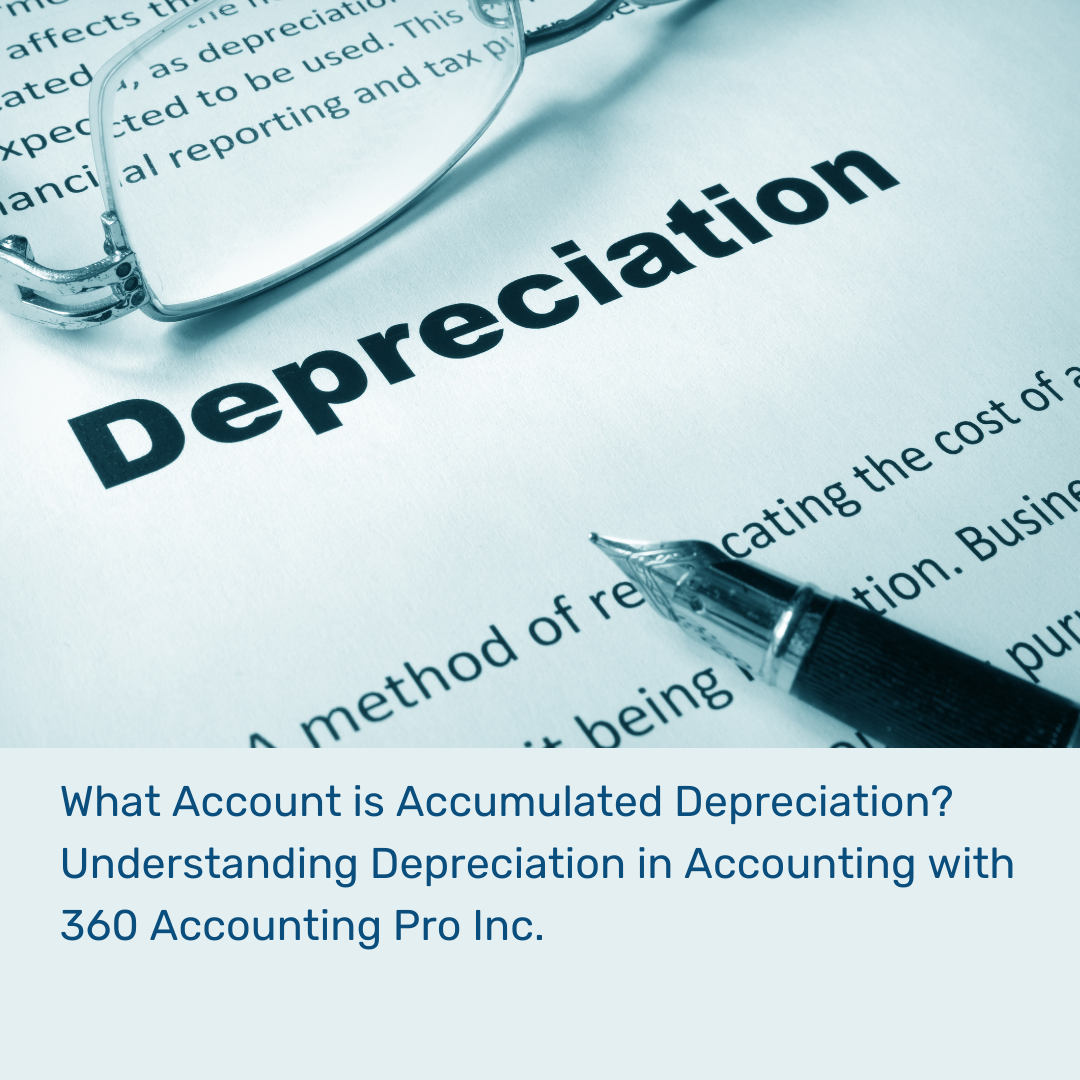
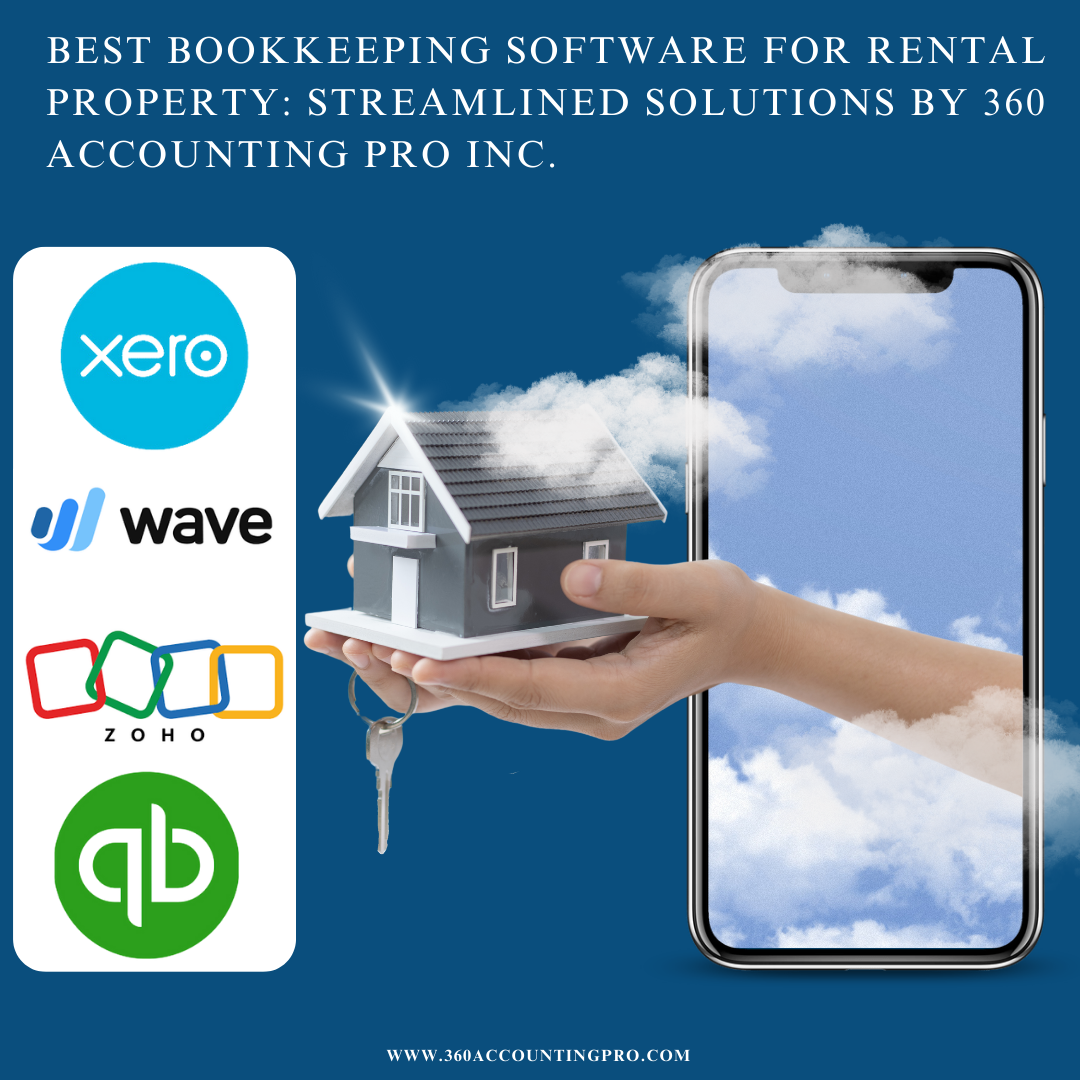
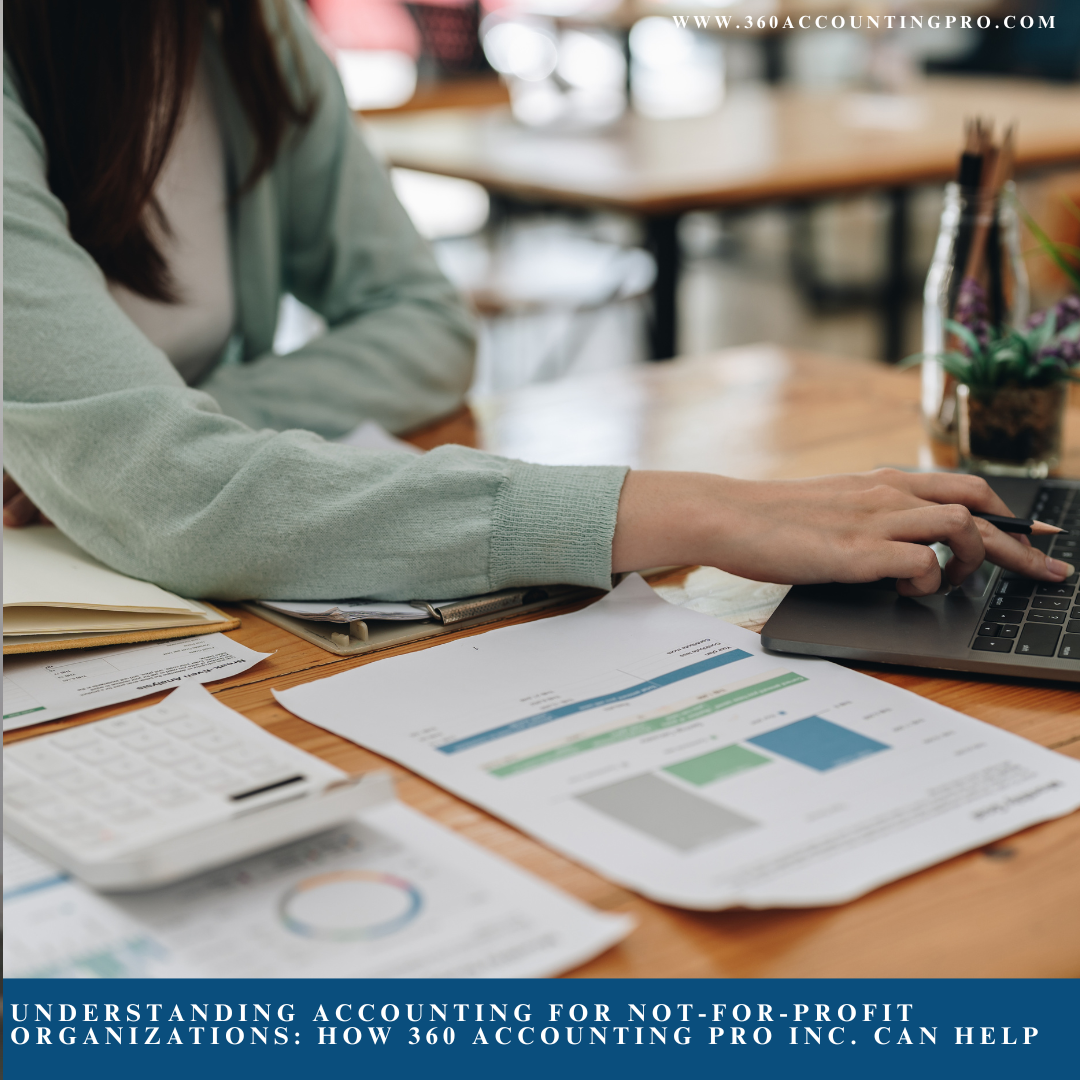
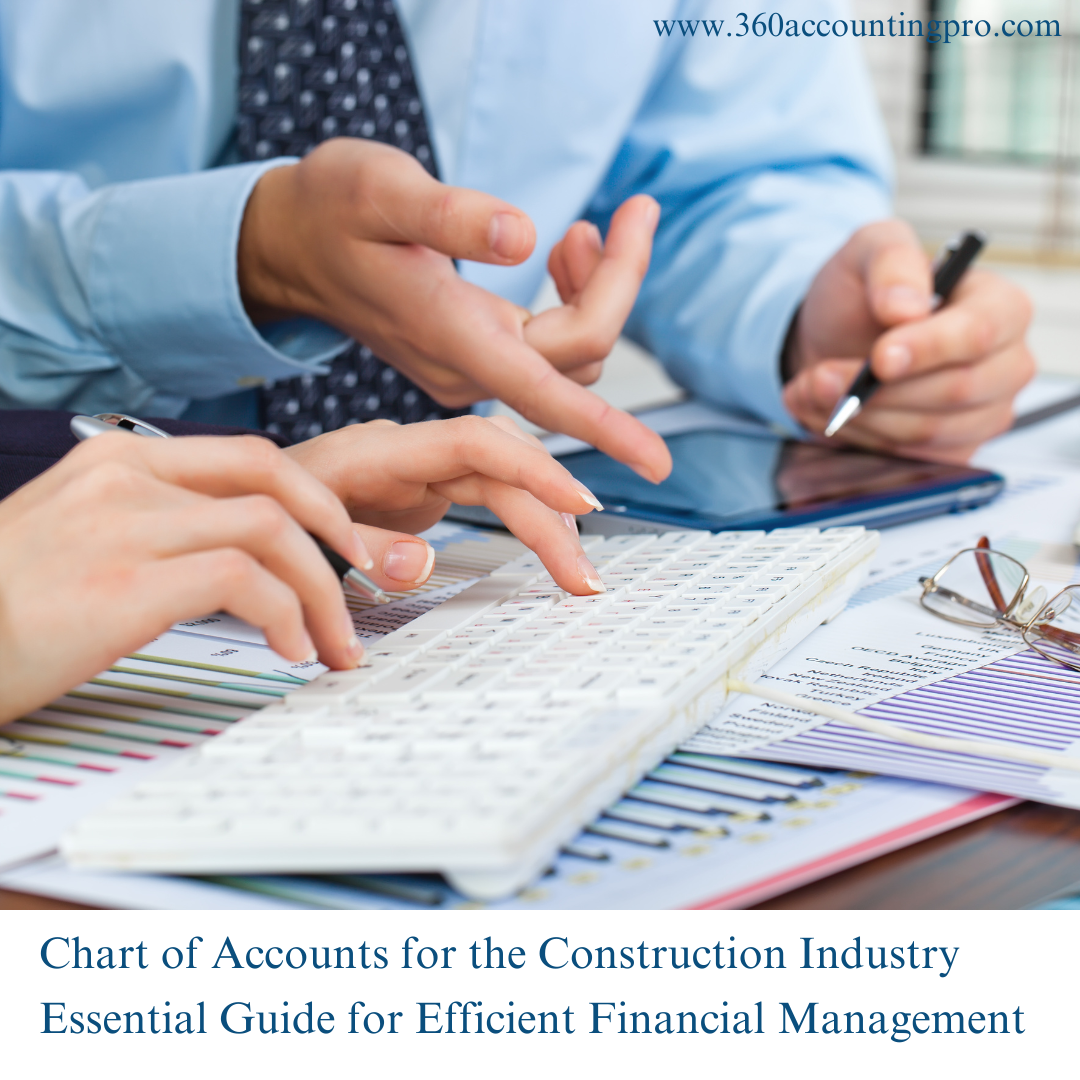
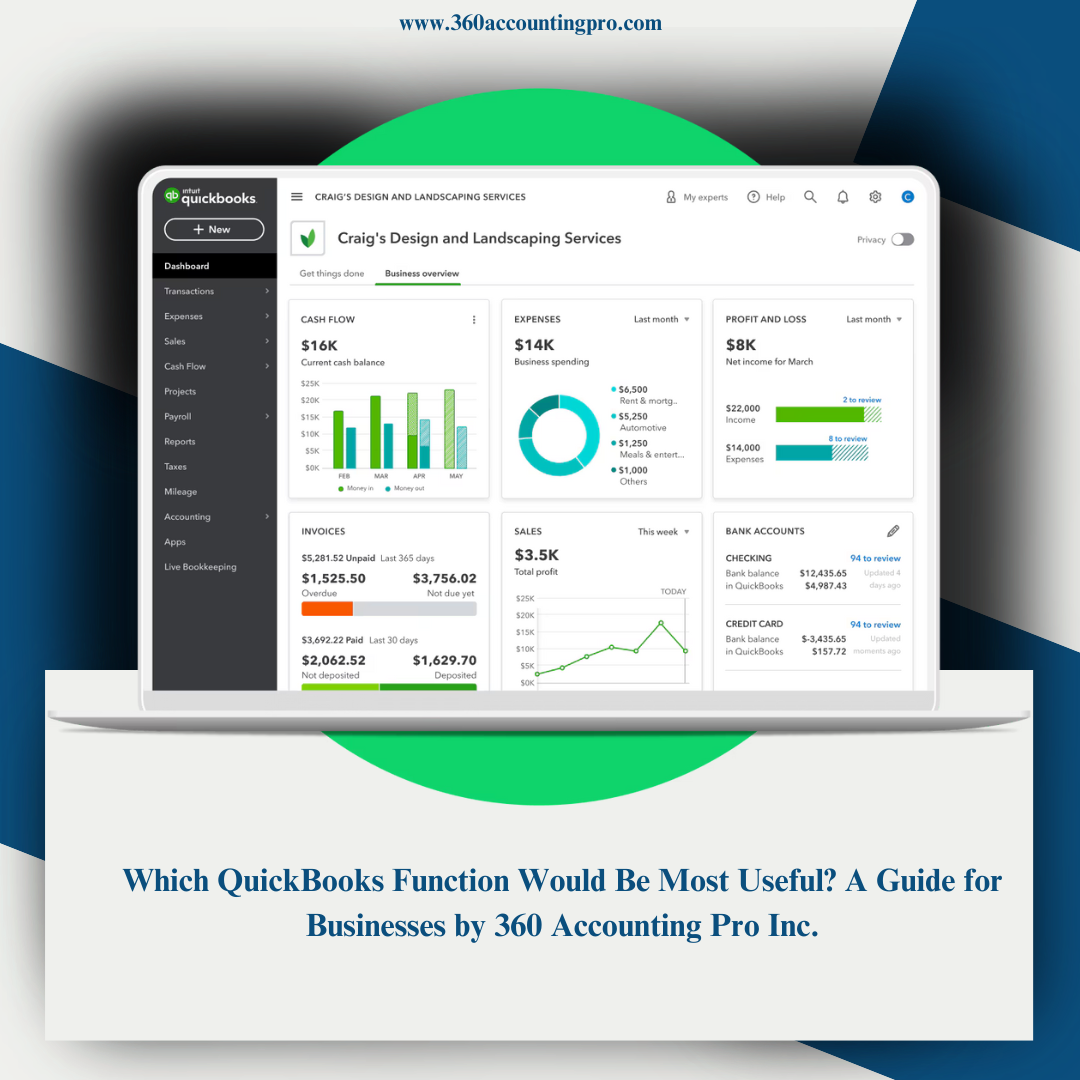

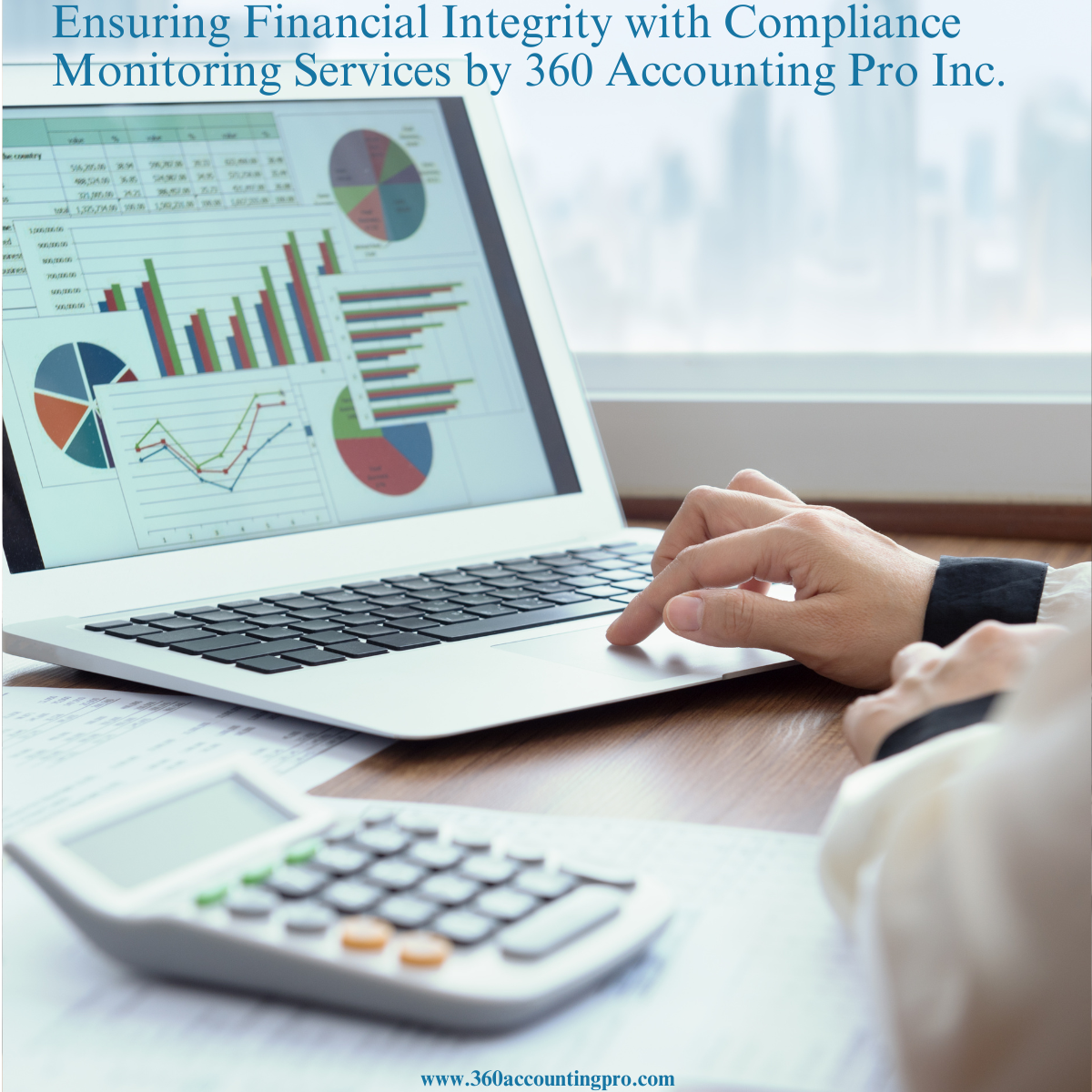
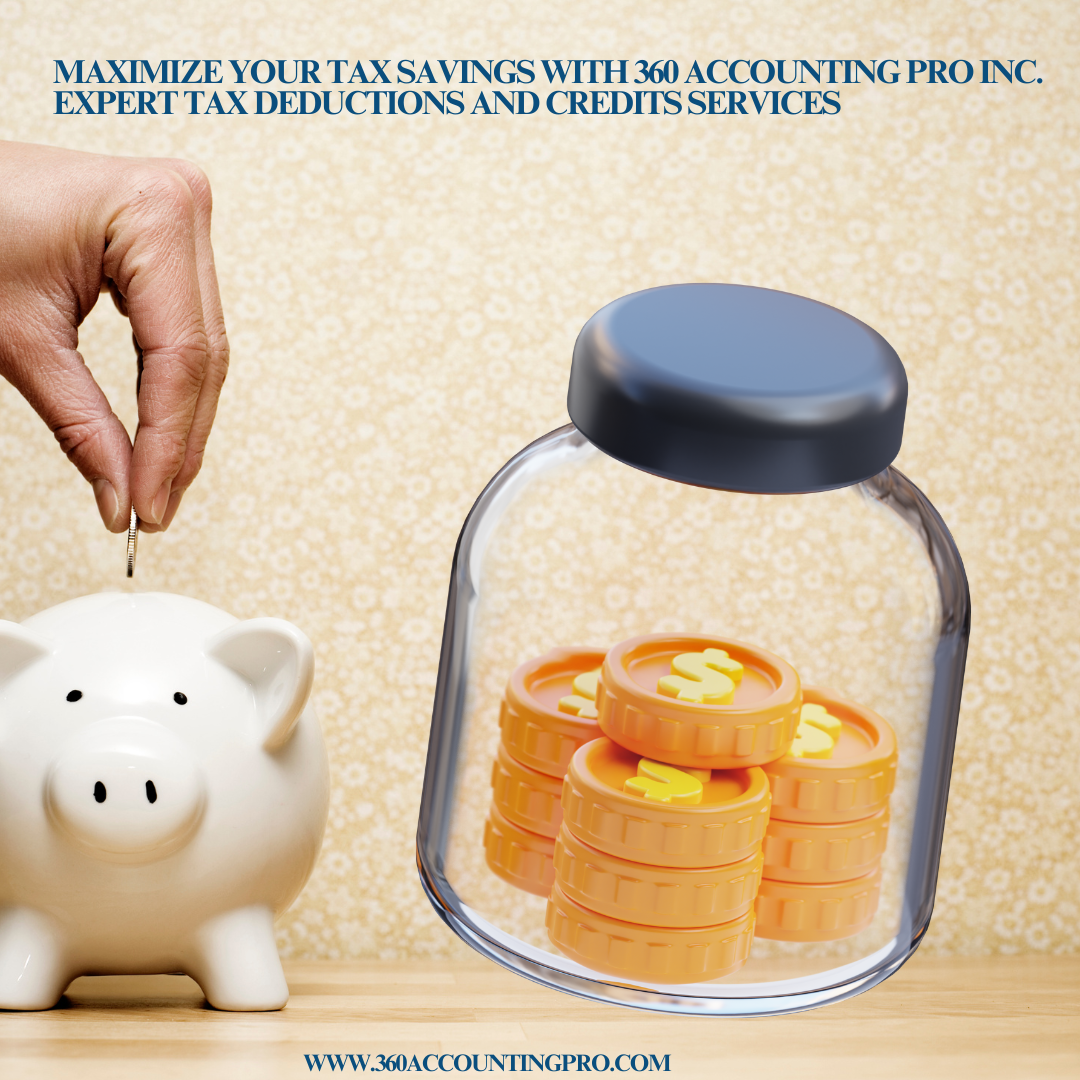

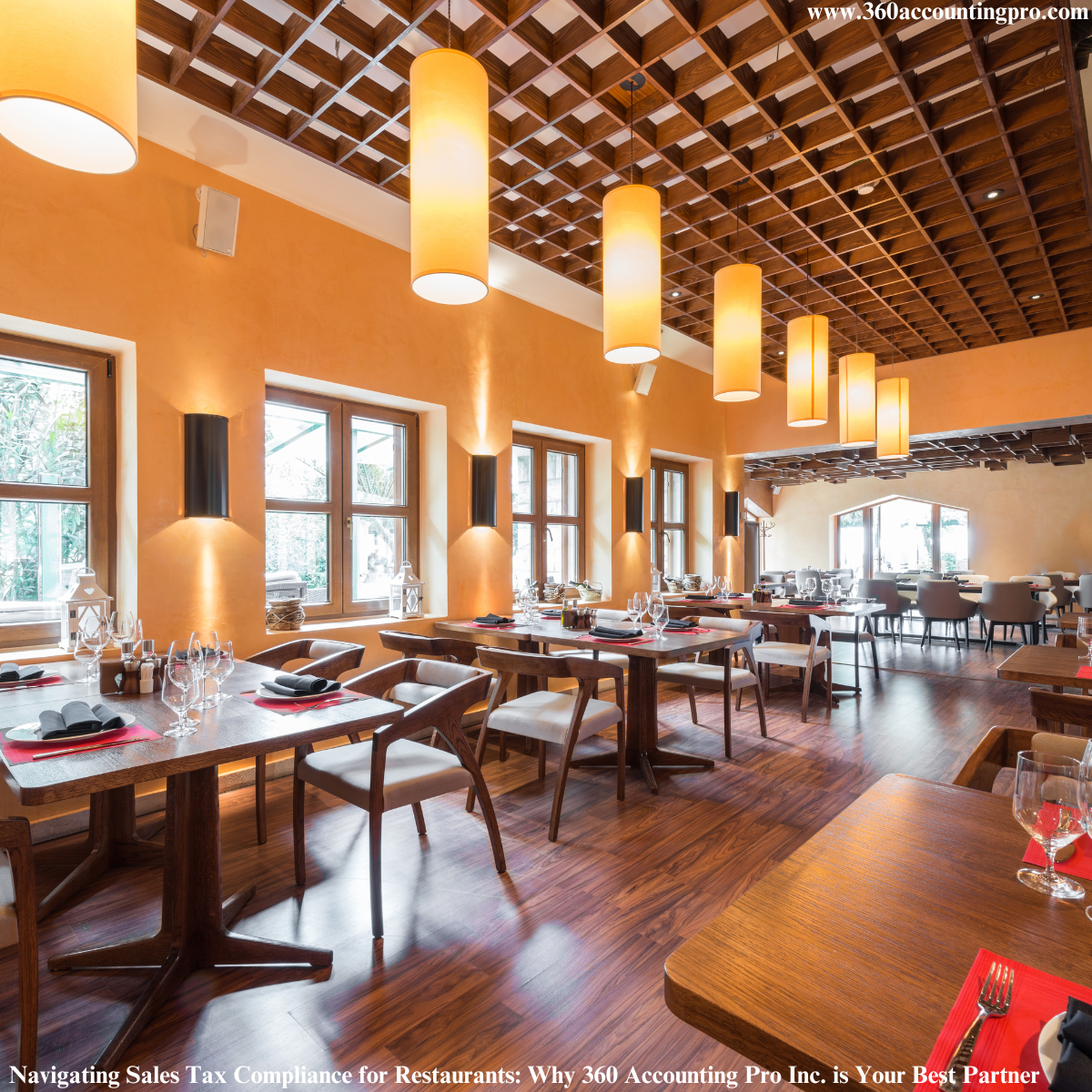

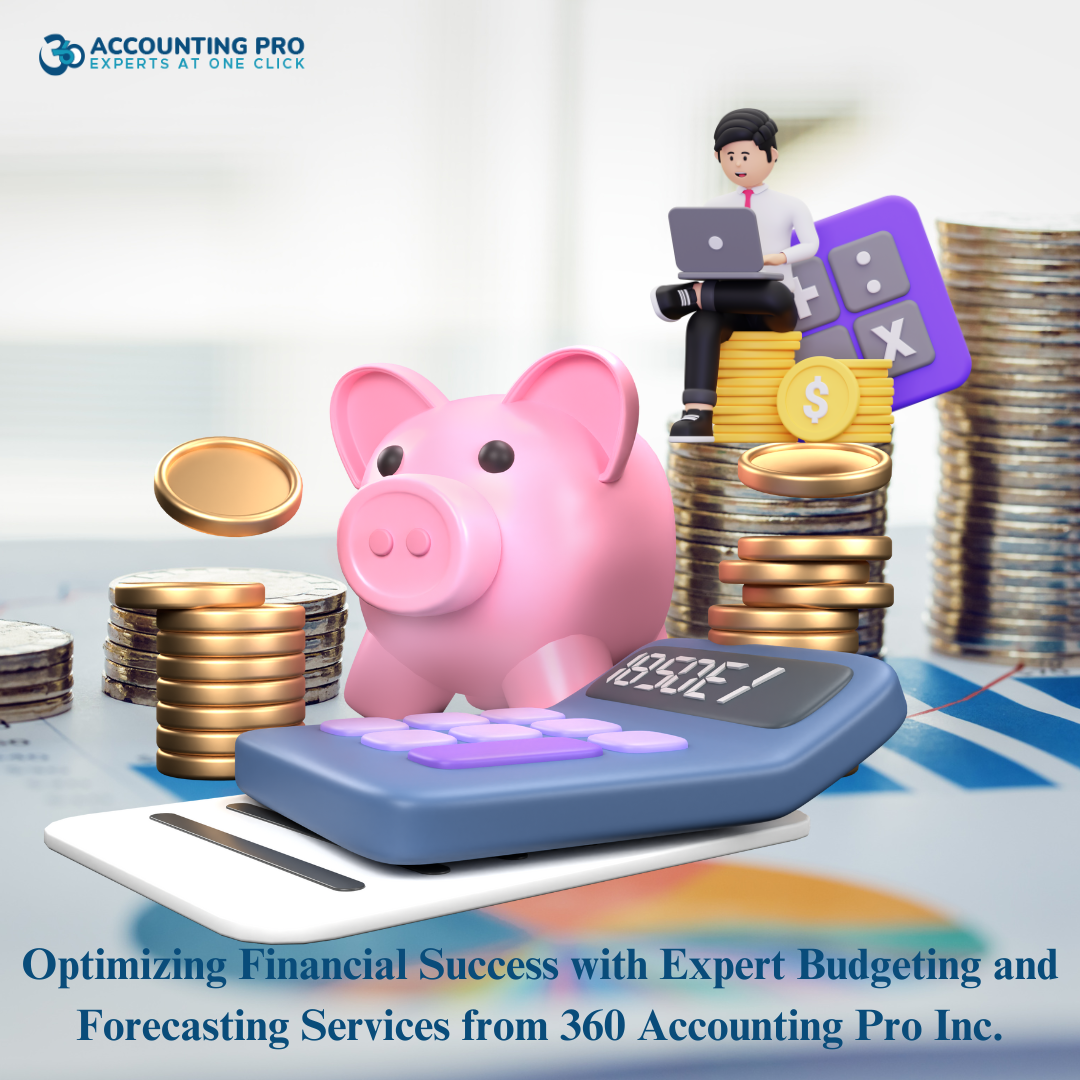

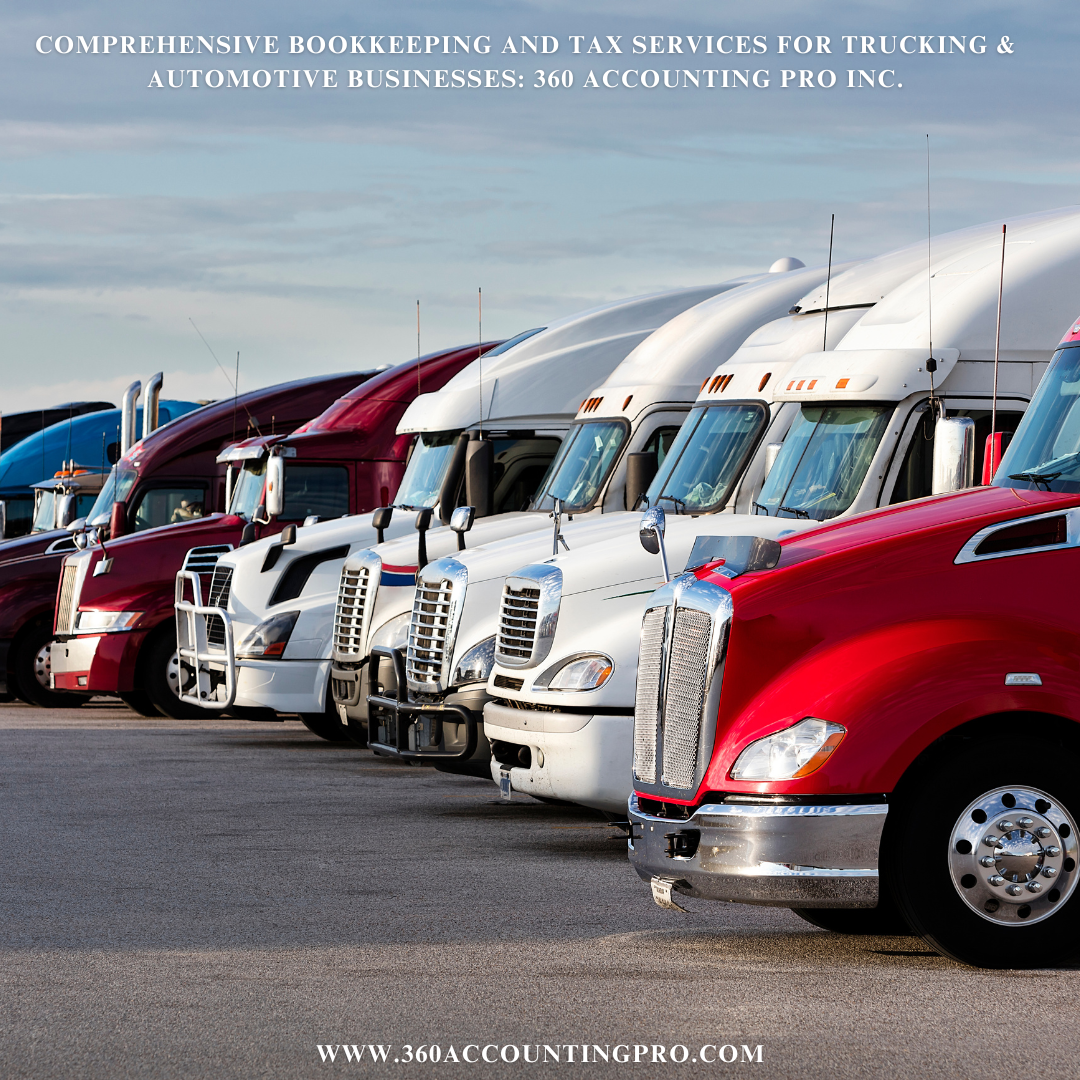
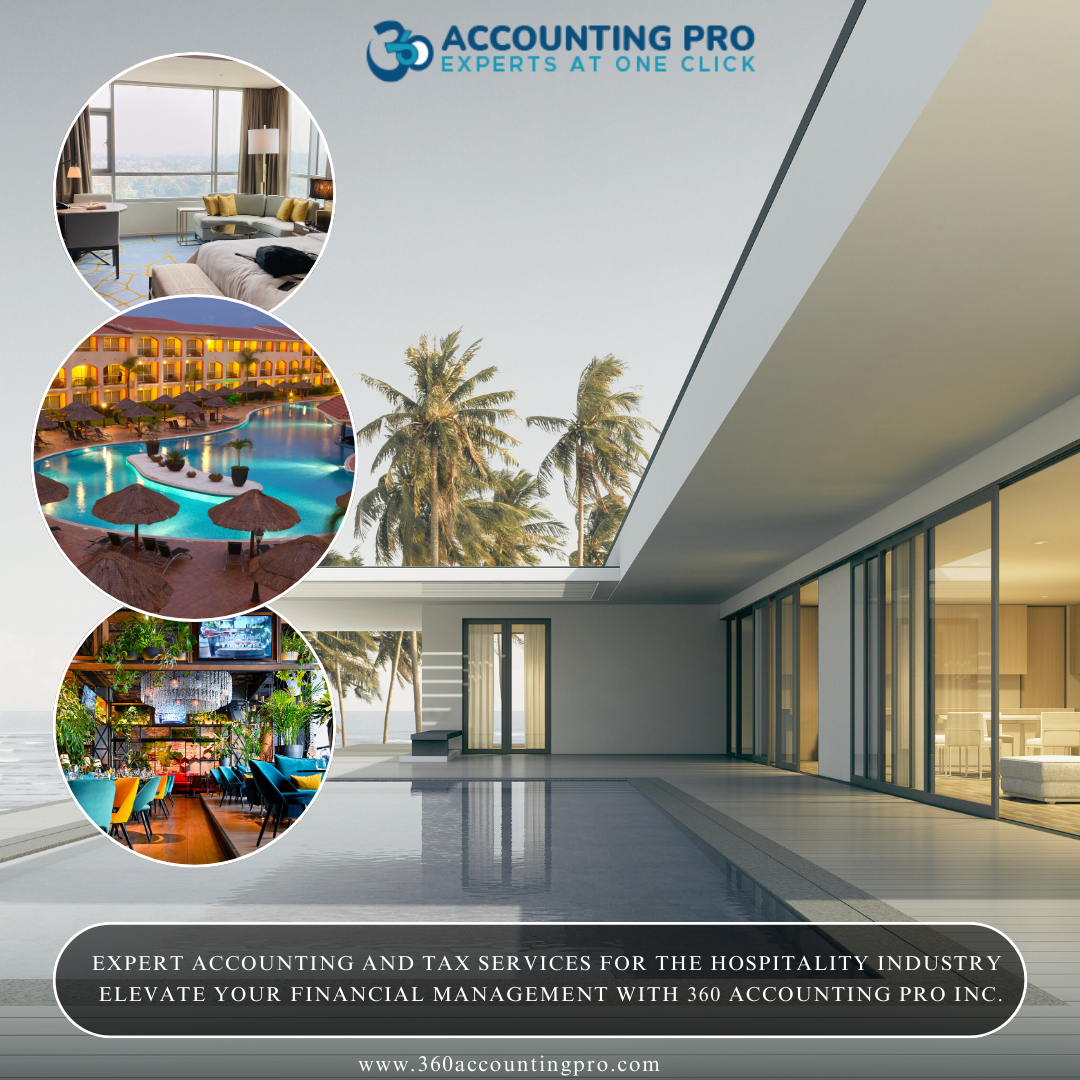

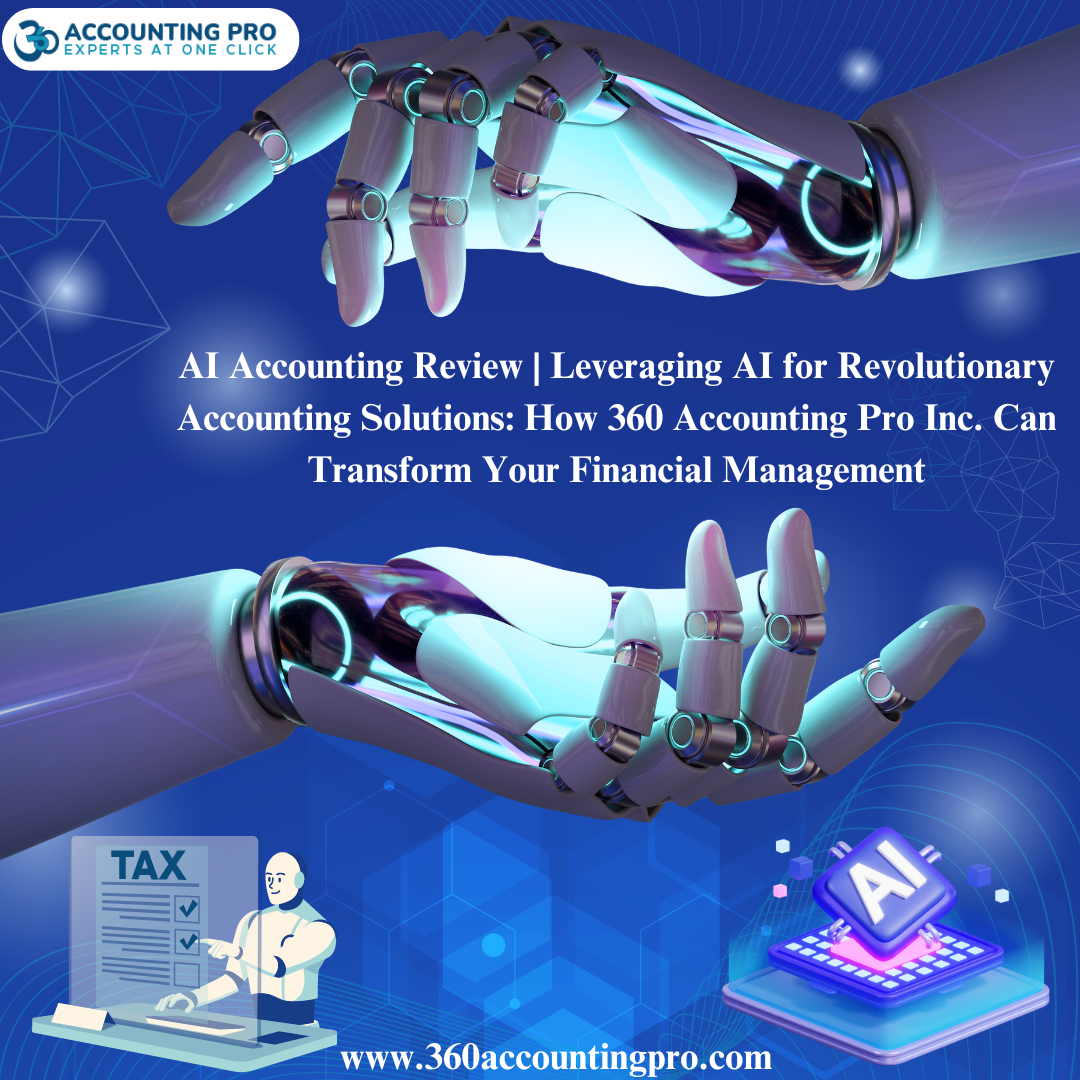
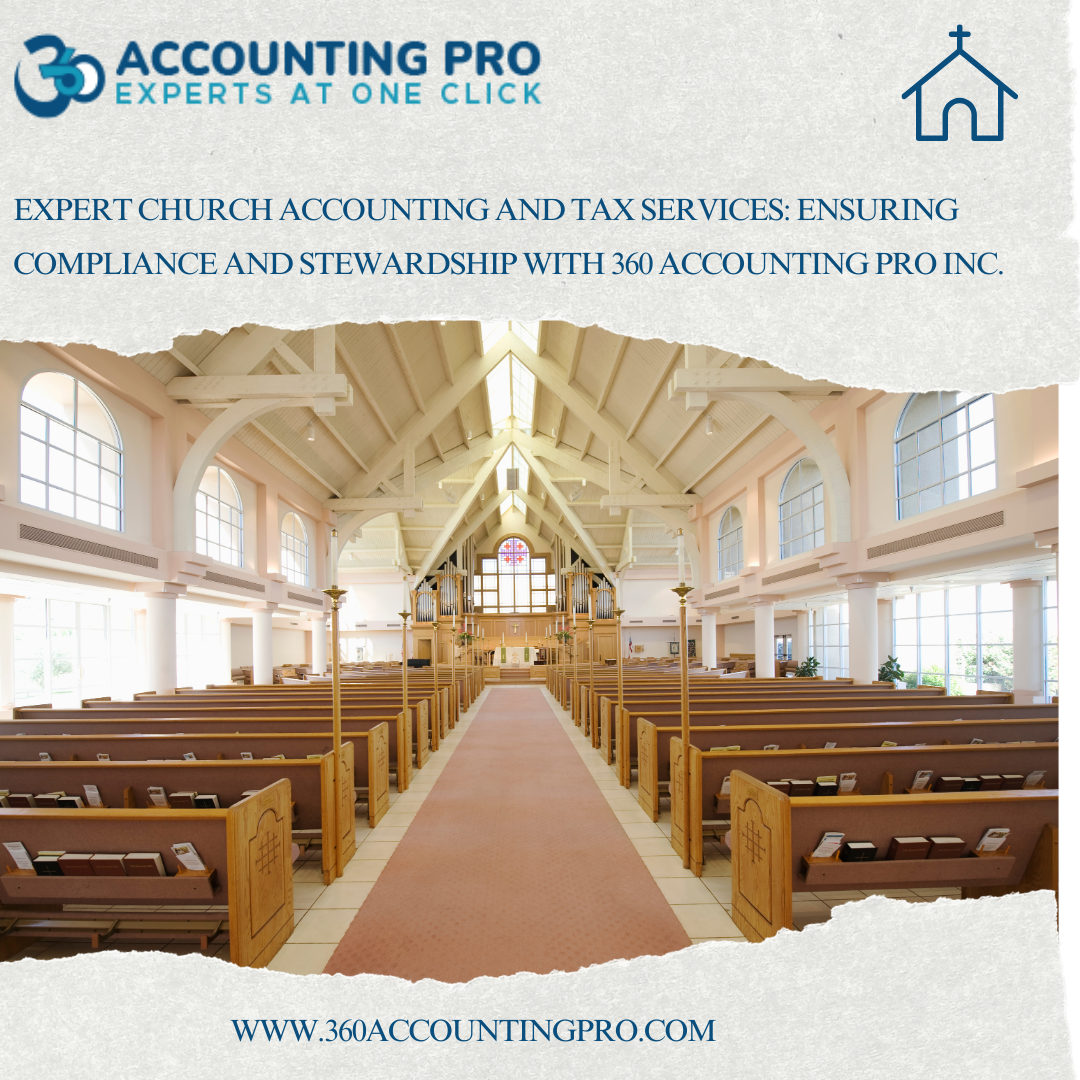




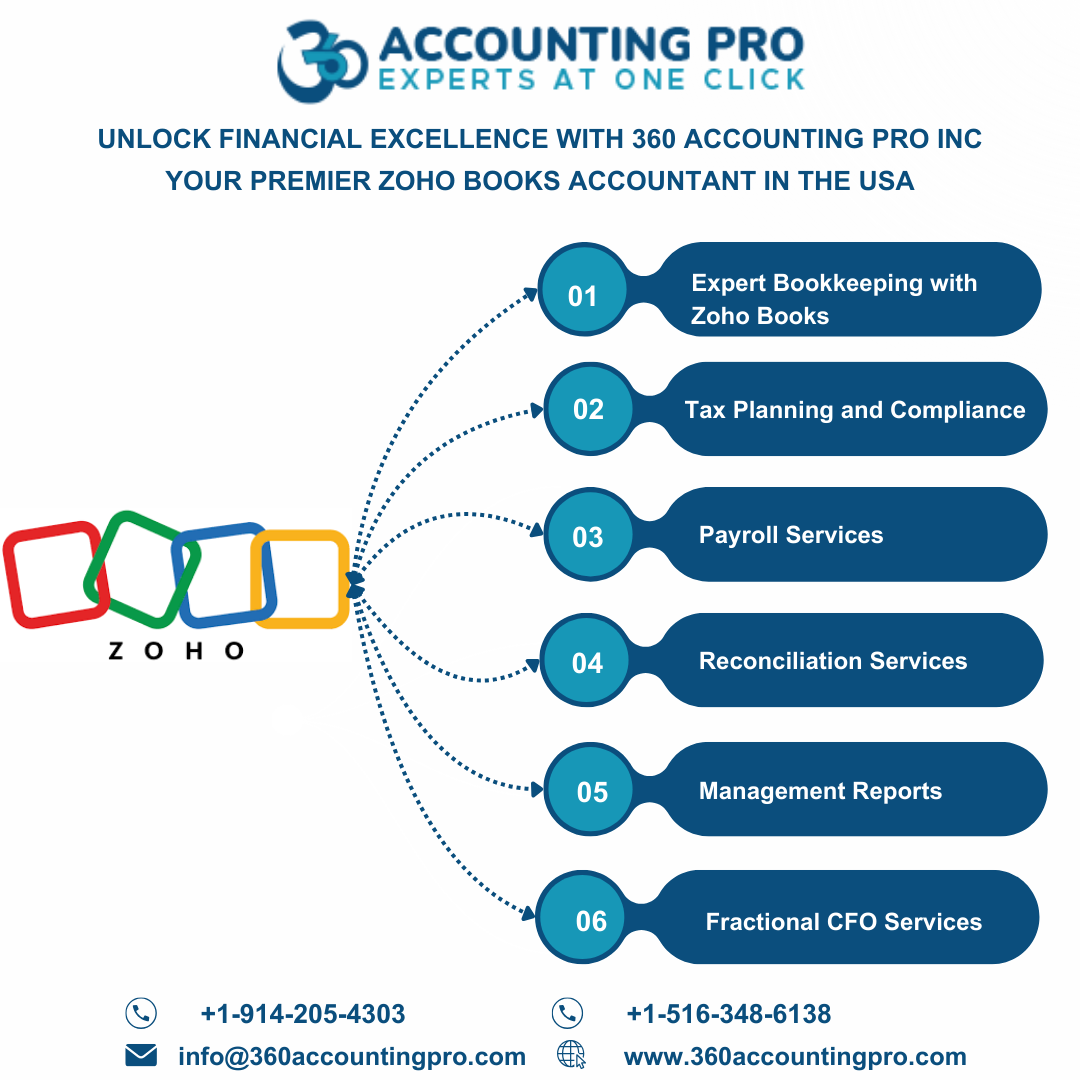

.jpg)
.jpg)
.jpg)
.jpg)


).jpg)


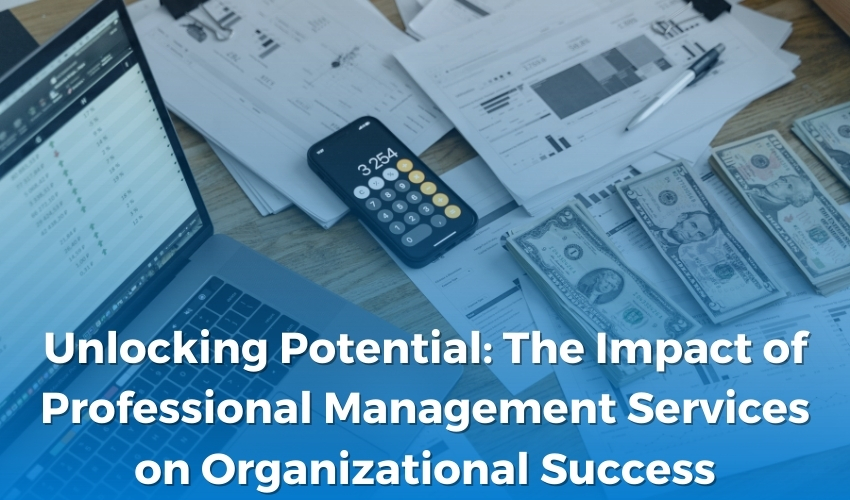
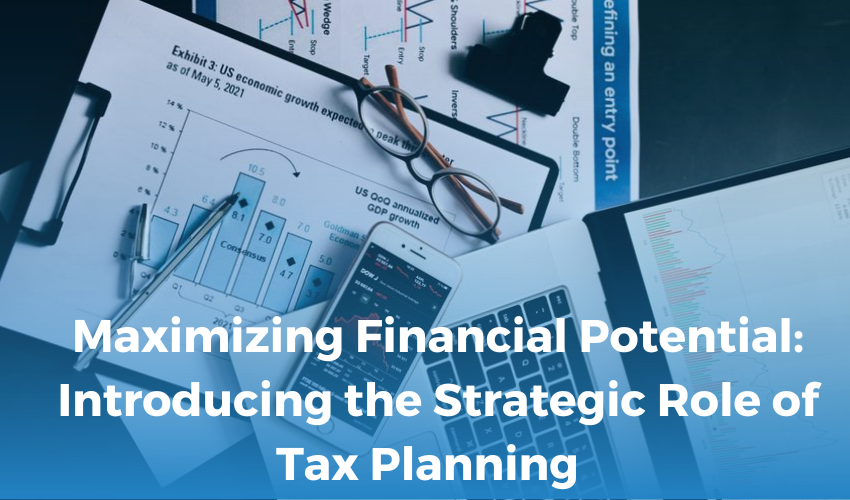

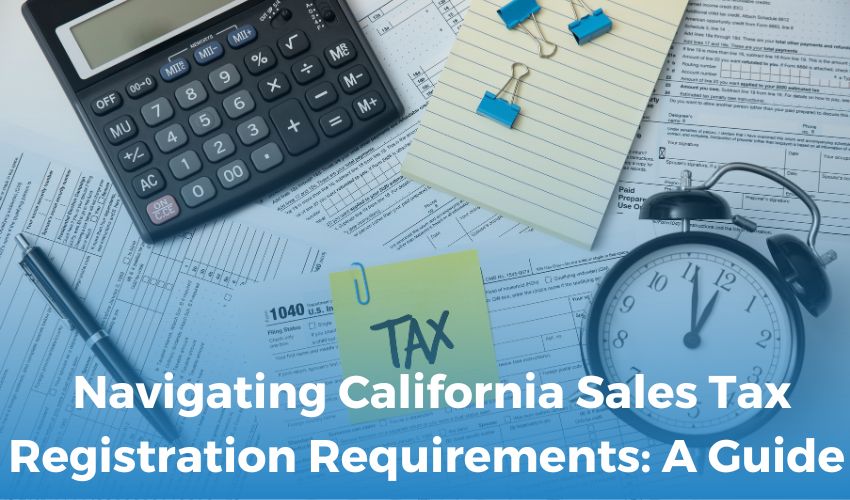

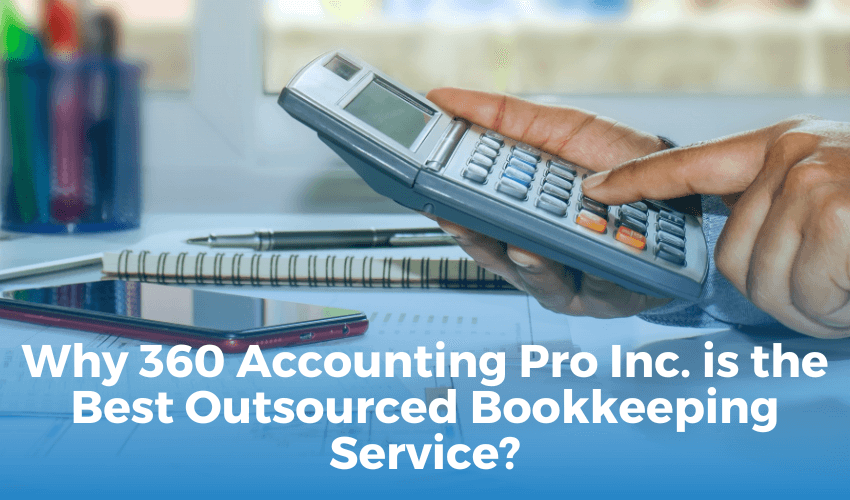



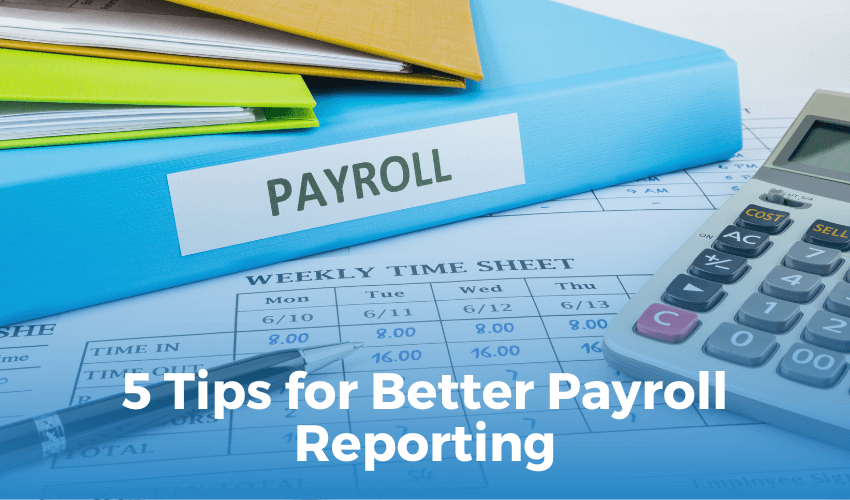
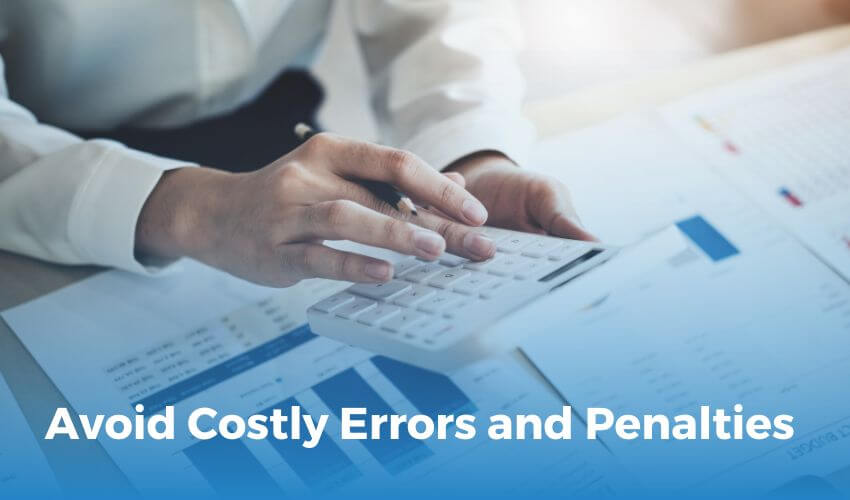

 Get A Quote
Get A Quote
Leave A Comment